Paraguay is home to a diverse and vibrant avian population, with over 750 species of birds inhabiting its grasslands, forests, and wetlands.
The country’s varied habitats provide a variety of habitats for birds, from small passerines to large raptors and waterbirds.
Paraguay’s birds range from the brightly-colored parakeets and toucans of the tropical rainforest to the grassland sparrows and hawks of the Chaco region.
Paraguay’s birds are an important part of the country’s biodiversity and provide valuable ecosystem services, such as seed dispersal and pest control.
This article will provide an overview of some of the most interesting and noteworthy birds of Paraguay.
1. Black Jacobin
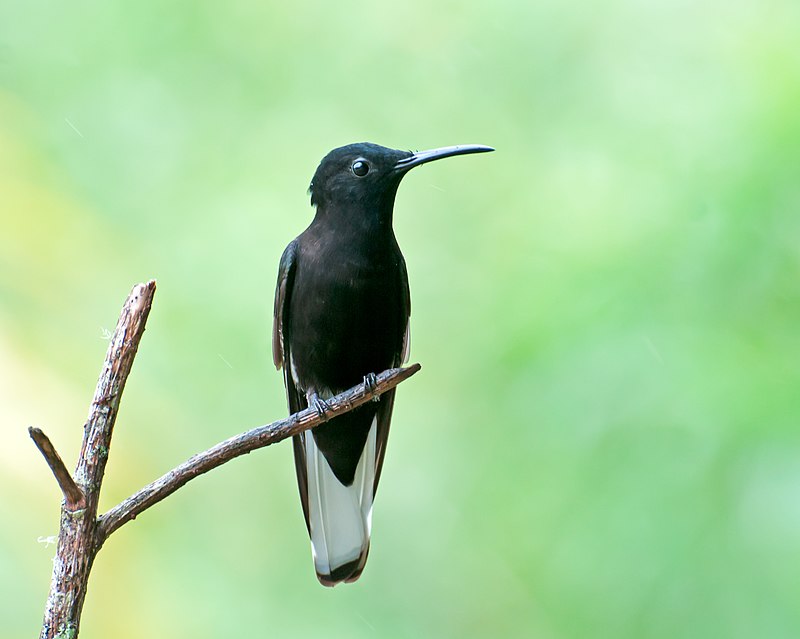
The Black Jacobin is a species of hummingbird native to South America. It has black plumage with white patches on the sides and back, as well as a long curved beak.
This distinctive bird can reach up to 12-13 cm in length and weighs about 8-10 gms. Its diet consists primarily of nectar from flowers, supplemented by small insects such as flies or ants.
The Black Jacobin prefers open habitats such as savanna or grassland but also inhabits light forest edges and gardens when they are available.
Due to its wide range across Argentina, Brazil, Paraguay and Uruguay this species is not considered threatened however deforestation could possibly impact their populations over time if left unchecked so conservation efforts should remain vigilant for these birds’ future well being.Scientific classification:
| Kingdom | Animalia |
| Phylum | Chordata |
| Class | Aves |
| Order | Apodiformes |
| Family | Trochilidae |
| Genus | Florisuga |
| Species | F. fusca |
2. Toucans
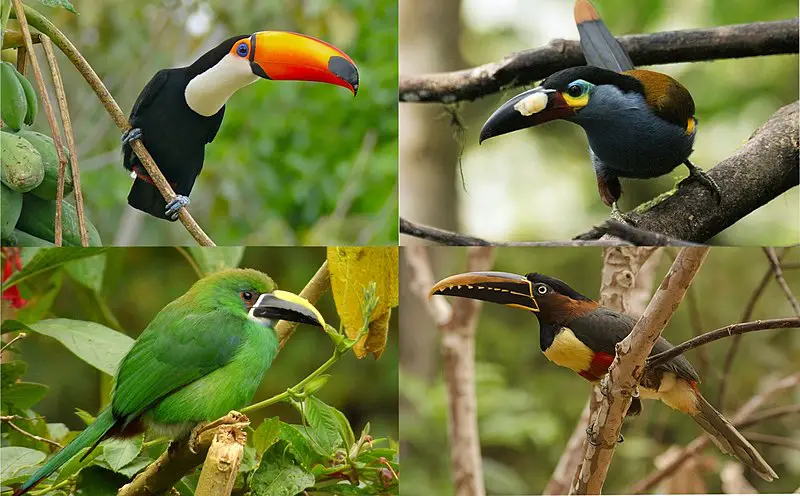
Toucans are members of the Ramphastidae family, which is closely related to American barbets. These birds have brightly-colored feathers and large beaks that come in a variety of colors.
They tend to live high up in trees, where they make their nests with two or four white eggs inside.
Toucans typically feed on fruits and sometimes small insects as well. Some species can even catch larger animals such as reptiles and amphibians for food.
Although toucans like to keep close together when living in groups, during breeding season they become more aggressive towards each other due to competition over resources like nesting sites or food sources.Scientific classification:
| Kingdom | Animalia |
| Phylum | Chordata |
| Class | Aves |
| Order | Piciformes |
| Infraorder | Ramphastides |
| Family | Ramphastidae Vigors, 1825 |
3. Grebes
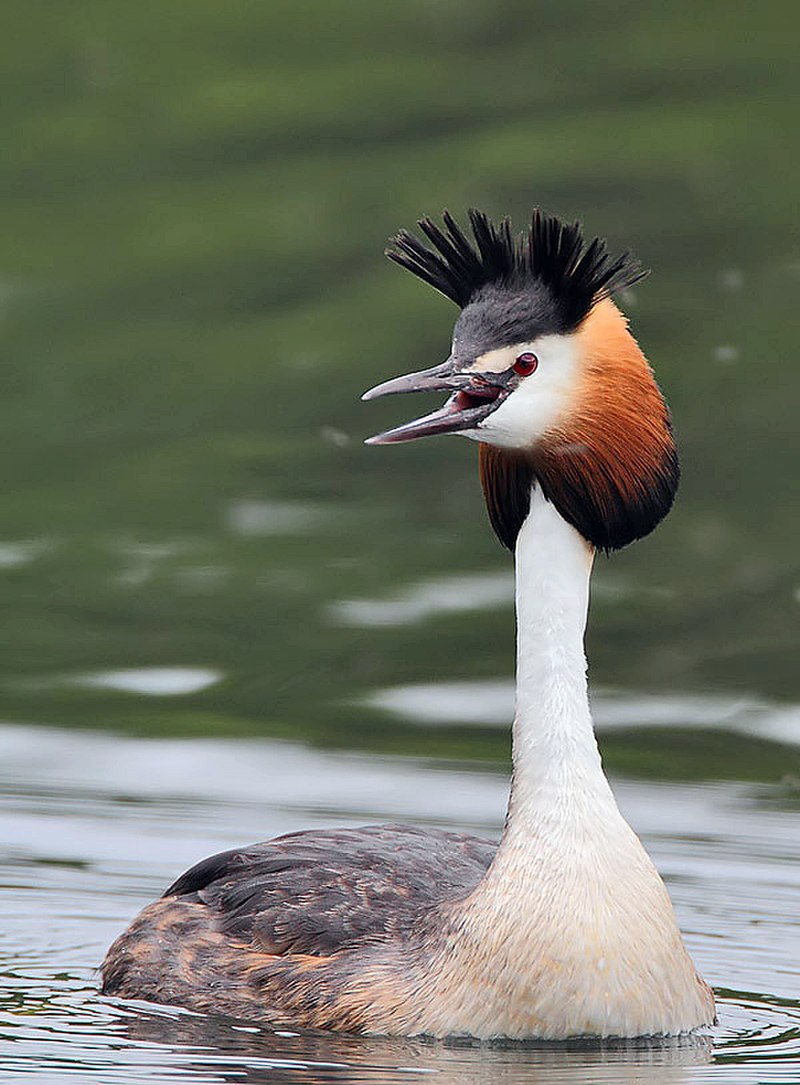
Grebes are a type of diving bird found in freshwater habitats around the world. They belong to the order Podicipediformes and have 22 species that exist across six genera.
Some species can also be found in marine environments during their migration or winter season, and some even live flightless lives on stable lakes.
Grebes vary greatly between regions; for example, they range from 4-32 inches long with anywhere from 8-30 ounces of weight depending on which species it is.
Their plumage may be black, browns/grays or whites but usually consist of bright colors such as yellows, blues and greens while underwater they use these feathers to help them streamline through the water quickly.Scientific classification:
| Kingdom | Animalia |
| Phylum | Chordata |
| Class | Aves |
| Clade | Neoaves |
| Clade | Mirandornithes |
| Order | Podicipediformes Fürbringer, 1888 |
| Family | Podicipedidae Bonaparte, 1831 |
4. Struthioniformes
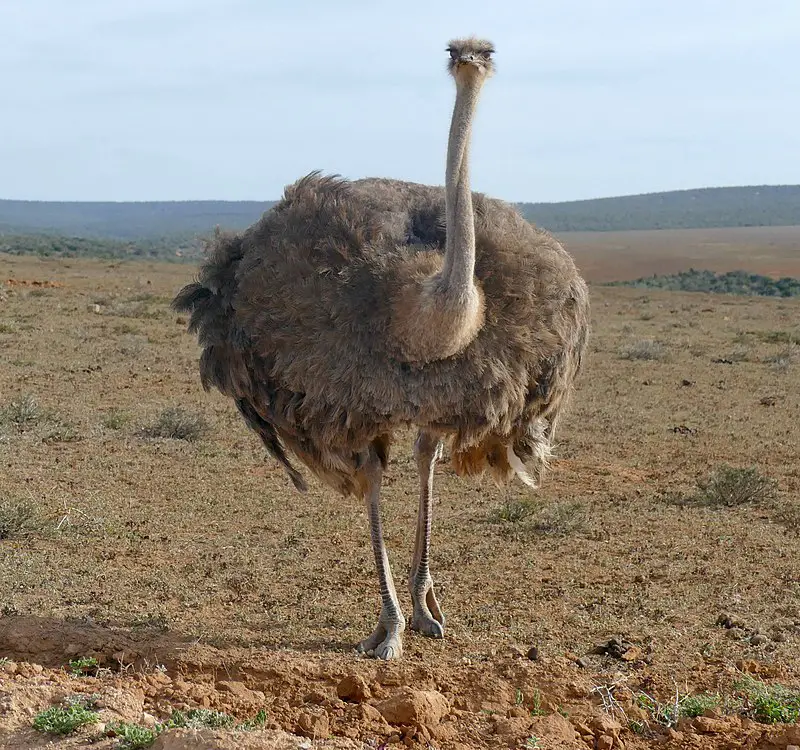
Struthioniformes is an order of birds consisting of one extant family, Struthionidae. Ostriches are the only living members in this family.
The extinct families that once belonged to this order include Paleotididae, Geranoididae, Eogruidae and Ergilornithidae which were all flightless species from Early Eocene to early Pliocene period across the Northern Hemisphere.
These extinct families have been found to be closely related to Struthionids due their anatomical features like short wings and long necks for running efficiency on land surfaces.Scientific classification:
| Kingdom | Animalia |
| Phylum | Chordata |
| Class | Aves |
| Infraclass | Palaeognathae |
| Order | Struthioniformes Latham, 1790 |
5. Flamingos
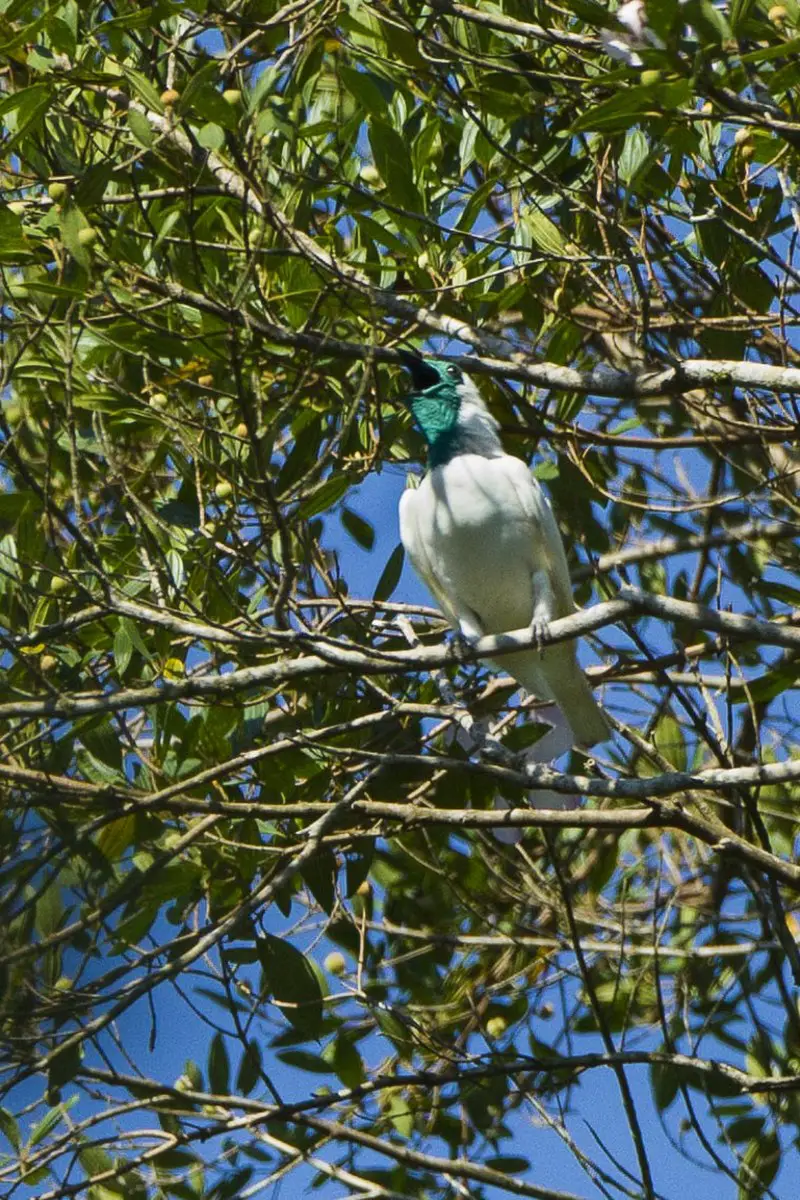
Flamingos are large, beautiful birds that come in a variety of colors ranging from pink and orange to white. They have long legs, webbed feet, and curved necks which help them find food in shallow waters.
Flamingos primarily feed on small crustaceans such as shrimp and plankton using their wide beaks with comb-like bristles to filter out the edible parts.
These unique creatures live up to 40 years in the wild or even longer when kept in captivity.
Flamingos typically form colonies near lakes or wetlands where they can build nests together for protection against predators.
The bright coloration of these majestic birds is thought to be caused by carotenoid pigments found within their diet which helps display social status among flock mates.
All flamingo species are listed under “least concern” according to IUCN Red List but some populations do remain threatened due mainly human activities such as habitat destruction, hunting, egg collection etc
6. Rufous Hornero
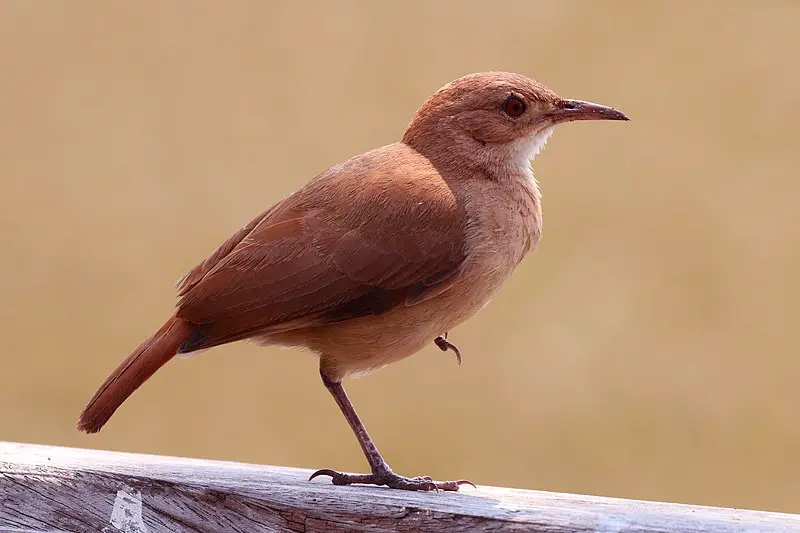
The Rufous Hornero is a small ovenbird found in eastern South America and is the national bird of Argentina. It has adapted to human environments such as pastures, agricultural land and second-growth scrub areas, making it synanthropic.
Its range stretches from midwestern Brazil to southern Bolivia, Paraguay, Uruguay and northern Argentina.
The species is easily identifiable by its rusty red plumage with dark streaks on the back of its neck along with white underparts that have black spots near their edges.
This medium-sized bird has impressive mud dome nests at top of trees or artificial structures like power poles where they lay two eggs each season which are incubated for about three weeks until hatching takes place.
They feed mainly on insects but also eat fruits when available during winter monthsScientific classification:
| Kingdom | Animalia |
| Phylum | Chordata |
| Class | Aves |
| Order | Passeriformes |
| Family | Furnariidae |
| Genus | Furnarius |
| Species | F. rufus |
7. Nacunda Nighthawk
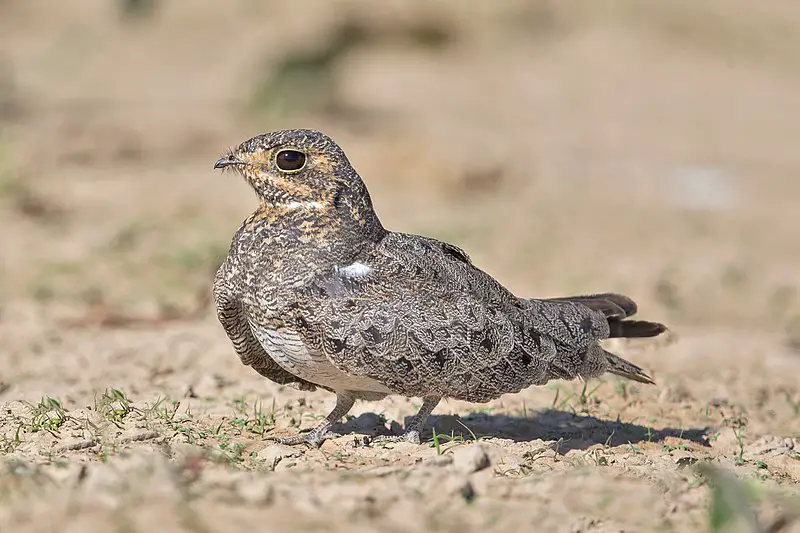
The Nacunda nighthawk is a species of nightjar belonging to the family Caprimulgidae. It can be found in South America, extending from Argentina and Bolivia to Venezuela and Trinidad & Tobago.
These birds prefer dry savannas or grasslands as their habitat but are also accustomed to heavily degraded areas once used for forestry purposes.
They feed on moths, beetles and other insects that they catch while flying at dusk or dawn near rivers or lakes.
The typical plumage consists of gray-brown upperparts with white spots across its wings and tail feathers; breast has black streaks running down it whereas its belly is usually whitish in colouration.
Despite being well studied, there isn’t much known about this bird’s breeding behaviour as nesting sites have rarely been observed due to them being hidden away within dense vegetation surrounding wetlands or flooded forestsScientific classification:
| Kingdom | Animalia |
| Phylum | Chordata |
| Class | Aves |
| Order | Caprimulgiformes |
| Family | Caprimulgidae |
| Genus | Chordeiles |
| Species | C. nacunda |
8. White-Barred Piculet
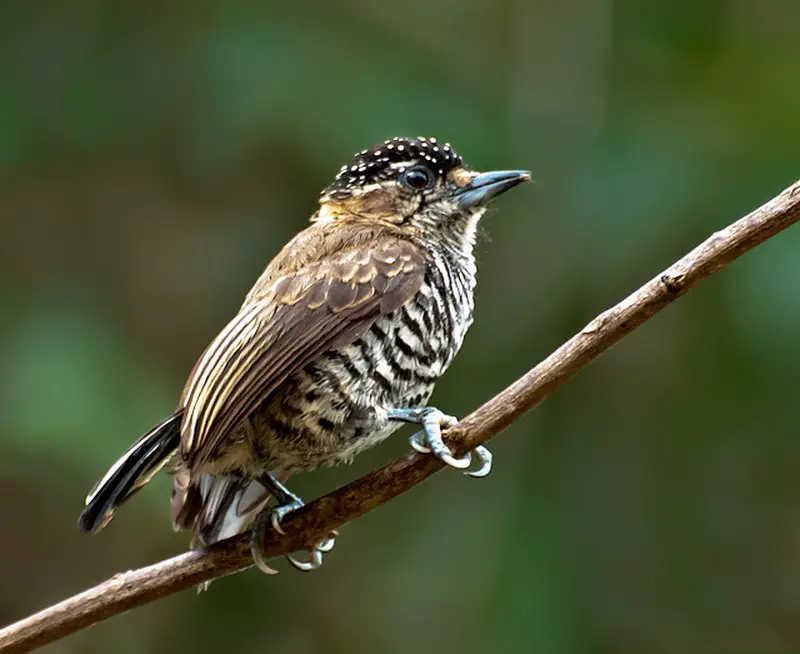
The white-barred piculet is a species of bird found in South America. It was first described by Dutch zoologist Coenraad Jacob Temminck in 1825, and six subspecies have since been recognized.
This small woodpecker is typically grayish-green with barred wings, tail feathers and flanks that are heavily streaked with black or brown. Its bill is short, straight and pointed.
The white-barred piculet feeds mainly on insects but also consumes fruits occasionally during the breeding season.
It breeds from September to December when both males and females construct a nest out of mud pellets lined with grasses inside hollow trees or logs.
Despite its wide range, this species remains uncommon throughout much of its habitat due largely to deforestation for agricultural purposes as well as hunting pressure at certain locationsScientific classification:
| Kingdom | Animalia |
| Phylum | Chordata |
| Class | Aves |
| Order | Piciformes |
| Family | Picidae |
| Genus | Picumnus |
| Species | P. cirratus |
9. Bare-Throated Bellbird
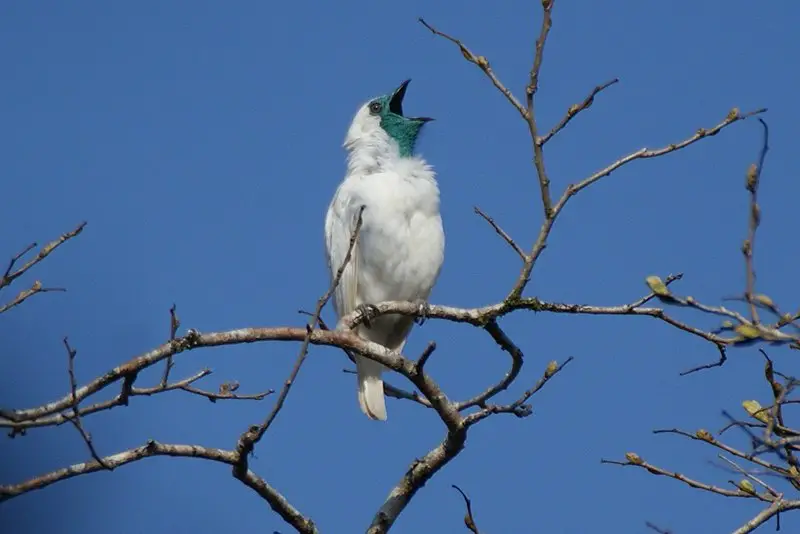
The bare-throated bellbird is a species of bird found in moist subtropical and tropical forests in Argentina, Brazil, and Paraguay. Its male counterpart has striking white plumage with bluish-black skin around its eye, beak and throat.
The female is more drab with olive-brown upperparts contrasting against streaked yellow underparts.
One of the most impressive qualities of this bird however is its astounding vocal range – it can produce one of the loudest sounds amongst birds.
It’s song consists mainly of deep tones which when combined form an incredible melodic sound that resonates through their forest habitats.
This truly remarkable creature should definitely be appreciated for both its beauty as well as its unique call.Scientific classification:
| Kingdom | Animalia |
| Phylum | Chordata |
| Class | Aves |
| Order | Passeriformes |
| Family | Cotingidae |
| Genus | Procnias |
| Species | P. nudicollis |
Also Featured In: Most Common Birds in South America Birds, Common Latin America Birds
10. Toco Toucan
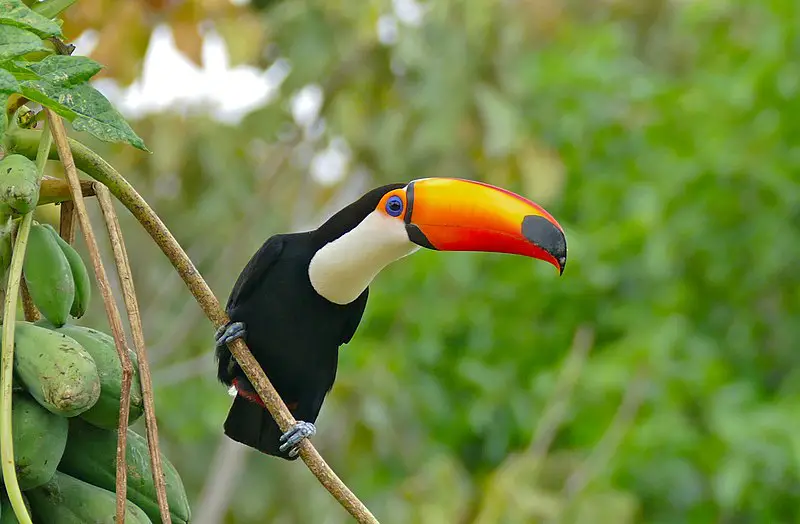
The Toco Toucan is the largest and most recognizable species of toucans, native to semi-open habitats in Central and Eastern South America.
First described by German zoologist Philipp Ludwig Statius Müller in 1776, this colorful bird has two subspecies – Ramphastos toco toco and Ramphastos toco cuvieri – distinguished by their slightly different size, plumage coloration, beak markings and range.
With its large orange bill covered with black spots along the sides of its face contrasting with yellow feathers on top of its head , it’s a very striking animal indeed.
Commonly found in zoos around the world too due tot heir loveable nature they are often kept as pets. They feed mainly on fruit but may also eat insects or small reptiles from time to time.
All in all these birds provide us a wonderful spectacle that we should appreciate for many years ahead.Scientific classification:
| Kingdom | Animalia |
| Phylum | Chordata |
| Class | Aves |
| Order | Piciformes |
| Family | Ramphastidae |
| Genus | Ramphastos |
| Species | R. toco |
11. Golden-Winged Cacique
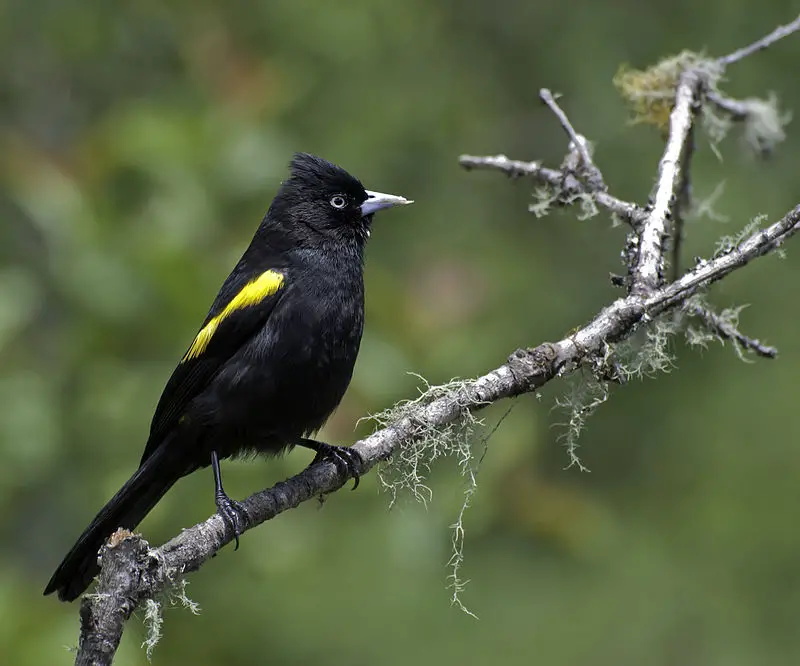
The golden-winged cacique is an impressive species of bird that belongs to the Icteridae family.
It can be found in many South American countries such as Argentina, Bolivia, Brazil, Paraguay and Uruguay living mainly in subtropical or tropical moist lowland forests and montane forests.
This colorful bird has a bright yellow head with black wings which give it its name “Golden-winged”.
The male also features some red patterns on its back while the female is slightly more dull colored than males.
They live around small water sources like swamps and wetlands where they feed off insects and fruits found near them.
While this species faces no major threats at present, their population may suffer if the habitat destruction continues due to deforestation or other human activitiesScientific classification:
| Kingdom | Animalia |
| Phylum | Chordata |
| Class | Aves |
| Order | Passeriformes |
| Family | Icteridae |
| Genus | Cacicus |
| Species | C. chrysopterus |
12. Puffbird
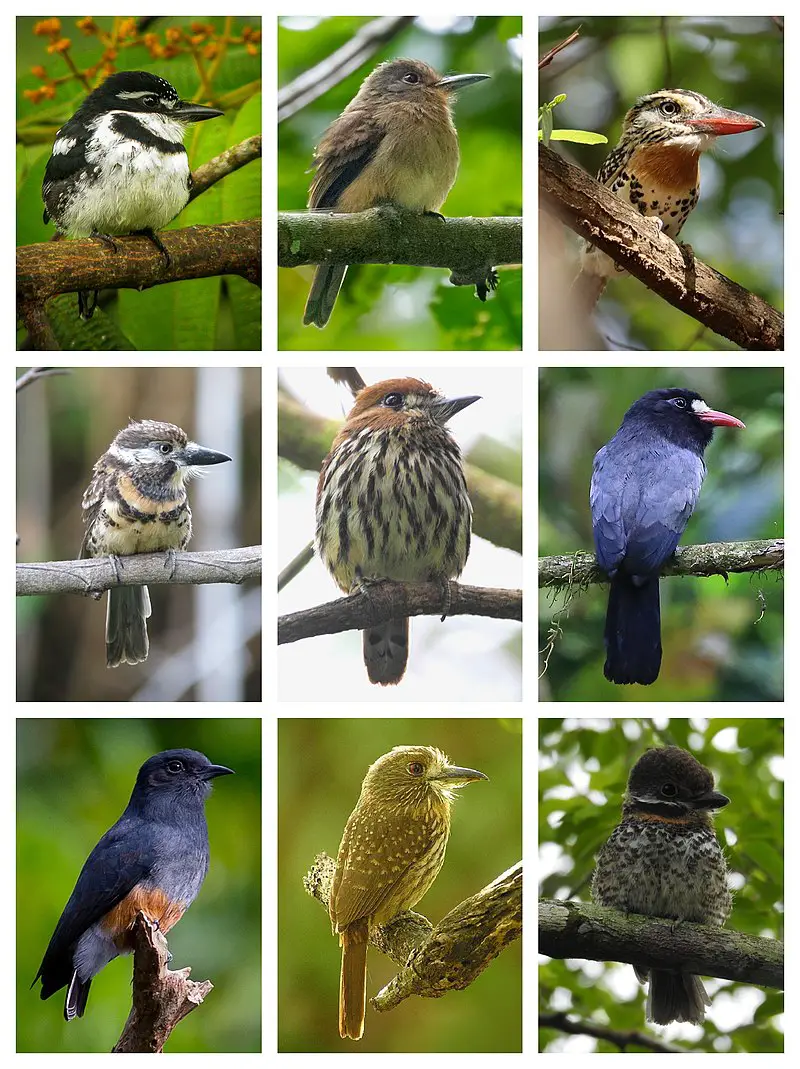
The Puffbird is a tropical tree-dwelling bird found in South America, Mexico and Central America.
It belongs to the near passerine family Bucconidae, which also includes jacamars – its closest relatives.
The order Piciformes unites these two families although some consider them separate under Galbuliformes.
Unlike other birds of the same group that have dazzling iridescent feathers, puffbirds are more modestly coloured with their greyish brown plumage blending into their environment for camouflage purposes when perched on trees or shrubs searching for insects as food sources using their long pointed bill.
They can be quite difficult to spot due to being small and well camouflaged but they may give away their presence by calling out loudly with an unmistakable whistling soundScientific classification:
| Kingdom | Animalia |
| Phylum | Chordata |
| Class | Aves |
| Order | Piciformes |
| Suborder | Galbuli |
| Family | Bucconidae Horsfield, 1821 |
13. Heliornithidae
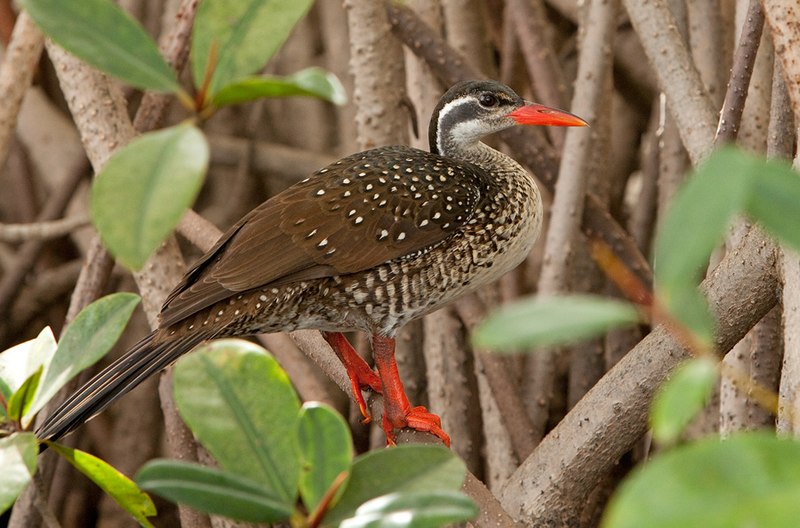
Heliornithidae, commonly known as finfoots, are a small family of tropical birds found in South America and Africa. They have webbed feet like grebes or coots, long necks, slender bodies and broad tails with sharp pointed bills.
Their diverse calls include whistles, squawks and croaks which they use to communicate with each other.
Finfoots feed mainly on fish but also consume insects such as water beetles and dragonflies near the surface of waterbodies.
They nest around rivers or lakes where there is plenty of cover from predators such as eagles or hawks.
During breeding season males can become quite territorial defending their territories against intruders by chasing them off aggressively using loud noises or even physical contact if necessary.Scientific classification:
| Kingdom | Animalia |
| Phylum | Chordata |
| Class | Aves |
| Order | Gruiformes |
| Family | Heliornithidae GR Gray, 1840 |
14. Jacamars
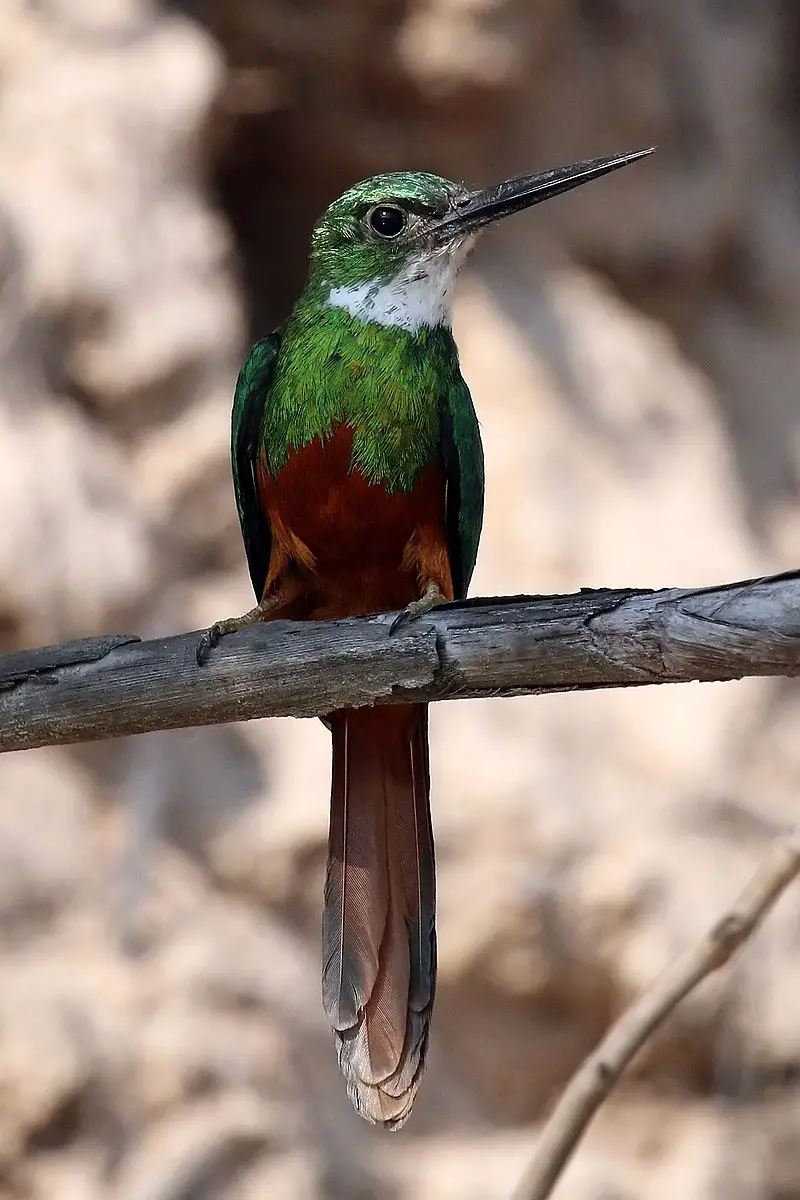
Jacamars are tropical birds native to South and Central America, extending as far north as Mexico. They belong to the Galbulidae family which consists of five genera and eighteen species in total.
These captivating birds can be easily distinguished by their unique appearance; they have long sharp bills with bright vivid plumage ranging from blues, greens and yellows that create a beautiful contrast against the lush vegetation of their natural habitat.
Jacamars prefer to inhabit dense forested areas near rivers or streams where they use their agile wings for quick flight maneuvers while hunting insects, lizards and frogs.
With an unmistakable presence these fascinating feathered creatures make a remarkable addition to any backyard bird sanctuary.Scientific classification:
| Kingdom | Animalia |
| Phylum | Chordata |
| Class | Aves |
| Order | Piciformes |
| Suborder | Galbuli |
| Family | Galbulidae Vigors, 1825 |
15. Coraciiformes
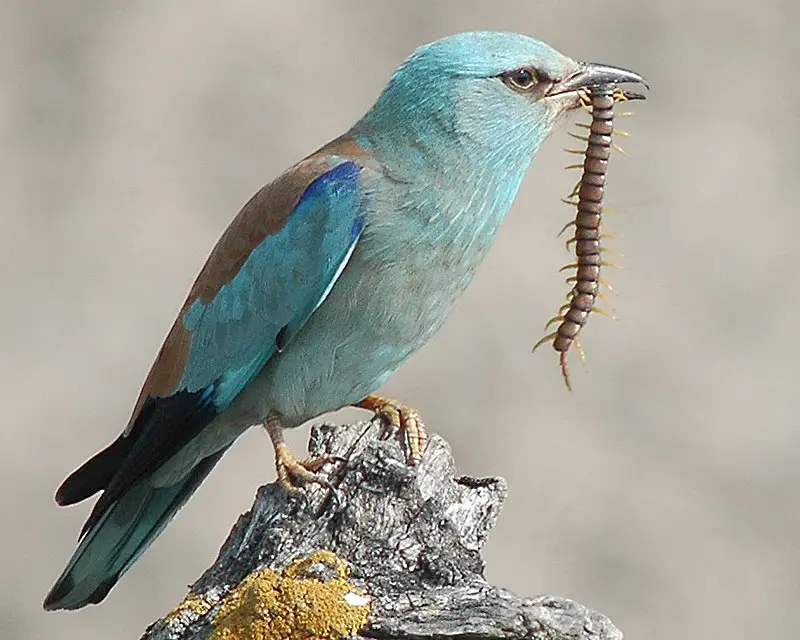
Coraciiformes birds are a group of beautiful and vibrant species, including kingfishers, bee-eaters, rollers, motmots and todies. They have syndactyly feet with three forward pointing toes (with their third and fourth fused at the base).
However in some kingfisher species one toe is absent. This order of bird has an interesting behavior known as ‘slamming’ which links them all together.
These amazing creatures can be seen across many parts of the world from forests to deserts.
Their colorful feathers make them stand out amongst other birds making sure they don’t go unnoticed.Scientific classification:
| Kingdom | Animalia |
| Phylum | Chordata |
| Class | Aves |
| Clade | Picodynastornithes |
| Order | Coraciiformes Forbes, 1884 |
16. Neotropic Cormorant
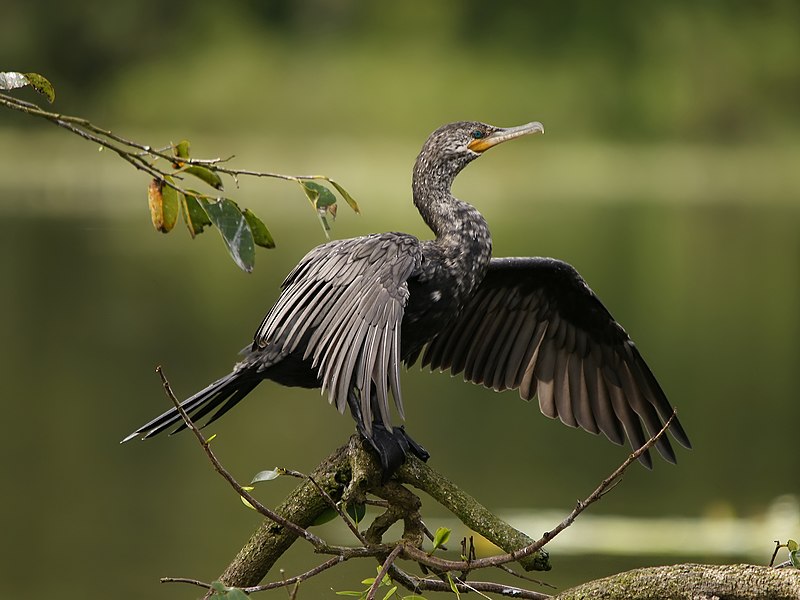
The Neotropic Cormorant, also known as the Olivaceous Cormorant, is a medium-sized bird found in tropical and subtropical regions of Central America, South America and the United States.
It can be identified by its black body with bright yellow facial skin on both sides of its large bill. The tail feathers are short and squared off at the tip.
This species breeds mainly on coasts but will sometimes nest inland near rivers or lakes during certain parts of their life cycle.
They feed mostly on small fish caught while diving underwater but can also eat crustaceans, amphibians and insects.
These birds roost in trees at night to keep safe from predators like foxes which prey upon them when they sleep close to water sources during daylight hours.Scientific classification:
| Kingdom | Animalia |
| Phylum | Chordata |
| Class | Aves |
| Order | Suliformes |
| Family | Phalacrocoracidae |
| Genus | Nannopterum |
| Species | N. brasilianum |
17. Trogoniformes

Flamingos are large, beautiful birds that come in a variety of colors ranging from pink and orange to white. They have long legs, webbed feet, and curved necks which help them find food in shallow waters.
Flamingos primarily feed on small crustaceans such as shrimp and plankton using their wide beaks with comb-like bristles to filter out the edible parts.
These unique creatures live up to 40 years in the wild or even longer when kept in captivity.
Flamingos typically form colonies near lakes or wetlands where they can build nests together for protection against predators.
The bright coloration of these majestic birds is thought to be caused by carotenoid pigments found within their diet which helps display social status among flock mates.
All flamingo species are listed under “least concern” according to IUCN Red List but some populations do remain threatened due mainly human activities such as habitat destruction, hunting, egg collection etc
18. Pelecaniformes
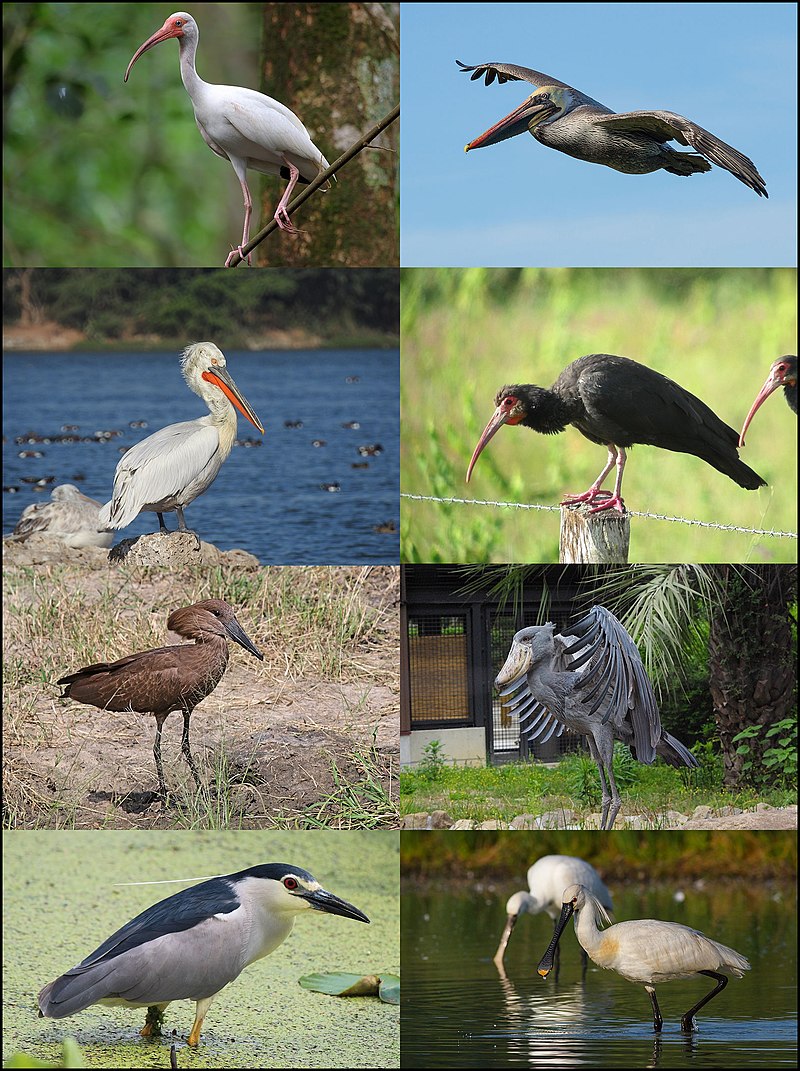
Pelecaniformes are a diverse order of waterbirds found all around the world. They vary in size, but most species are medium to large birds with webbed feet and a bare throat patch (gular patch).
Their nostrils have evolved into non-functional slits. Some examples include pelicans, gannets, cormorants and frigatebirds which can be found near coasts or on inland waters such as lakes or rivers.
Many Pelecaniforms fish for food by diving underwater from the air – some even swim underwater.
The diet of these birds consists mainly of small fishes although they may also eat mollusks, crustaceans and other aquatic creatures depending on their location.
All in all, Pelecaniformes make an important contribution to our planet’s biodiversity by keeping populations of fish under control while providing us with great views when we’re out exploring nature.Scientific classification:
| Kingdom | Animalia |
| Phylum | Chordata |
| Class | Aves |
| Clade | Aequornithes |
| Order | Pelecaniformes Sharpe, 1891 |
19. Ciconiiformes

Flamingos are large, beautiful birds that come in a variety of colors ranging from pink and orange to white. They have long legs, webbed feet, and curved necks which help them find food in shallow waters.
Flamingos primarily feed on small crustaceans such as shrimp and plankton using their wide beaks with comb-like bristles to filter out the edible parts.
These unique creatures live up to 40 years in the wild or even longer when kept in captivity.
Flamingos typically form colonies near lakes or wetlands where they can build nests together for protection against predators.
The bright coloration of these majestic birds is thought to be caused by carotenoid pigments found within their diet which helps display social status among flock mates.
All flamingo species are listed under “least concern” according to IUCN Red List but some populations do remain threatened due mainly human activities such as habitat destruction, hunting, egg collection etc
20. Falconiformes
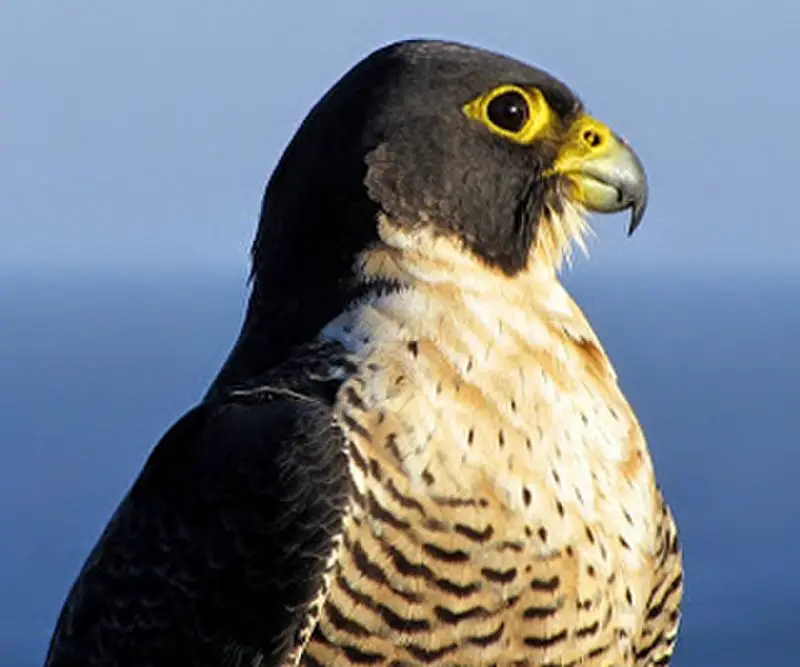
Falconiformes is an order of birds that includes the family Falconidae, which consists of falcons and caracaras. Additionally, there are handfuls of mysterious species from the Paleogene era.
Traditionally, other bird-of-prey families like Cathartidae (New World vultures and condors), Sagittariidae (secretarybird), Pandionidea (ospreys) and Accipitridae (hawks) were also classified as members in this group.
Advances in comparative genomics have allowed for a more thorough understanding not just about these unique species but their relationships with one another too.Scientific classification:
| Kingdom | Animalia |
| Phylum | Chordata |
| Class | Aves |
| Clade | Eufalconimorphae |
| Order | Falconiformes Sharpe, 1874 |
Also Featured In: Most Common Nature Birds, Common Species of Birds
21. Crested Caracara
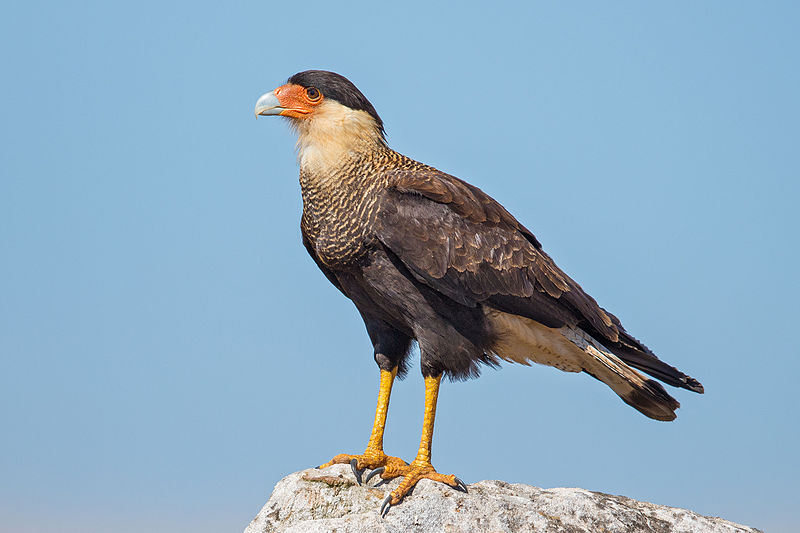
The Crested Caracara is a majestic bird of prey found from the Southern United States through Central and South America, all the way down to Tierra del Fuego.
It has an impressive wingspan ranging from 120-132 cm, with adults averaging 1,348 g in weight. This species is known for its characteristic crest on top of their head that can be raised when they are alarmed or excited.
They have pale yellow legs and feet along with dark brown feathers covering most of their body.
The Crested Caracara feeds mainly on carrion but will also take live food such as small mammals, reptiles and birds as well as garbage if it’s available near them.
These amazing raptors form strong family bonds between siblings which often last until adulthood; making them one of nature’s most remarkable creatures.Scientific classification:
| Kingdom | Animalia |
| Phylum | Chordata |
| Class | Aves |
| Order | Falconiformes |
| Family | Falconidae |
| Genus | Caracara |
| Species | C. plancus |
22. Tinamou

Flamingos are large, beautiful birds that come in a variety of colors ranging from pink and orange to white. They have long legs, webbed feet, and curved necks which help them find food in shallow waters.
Flamingos primarily feed on small crustaceans such as shrimp and plankton using their wide beaks with comb-like bristles to filter out the edible parts.
These unique creatures live up to 40 years in the wild or even longer when kept in captivity.
Flamingos typically form colonies near lakes or wetlands where they can build nests together for protection against predators.
The bright coloration of these majestic birds is thought to be caused by carotenoid pigments found within their diet which helps display social status among flock mates.
All flamingo species are listed under “least concern” according to IUCN Red List but some populations do remain threatened due mainly human activities such as habitat destruction, hunting, egg collection etc
23. Jacanas
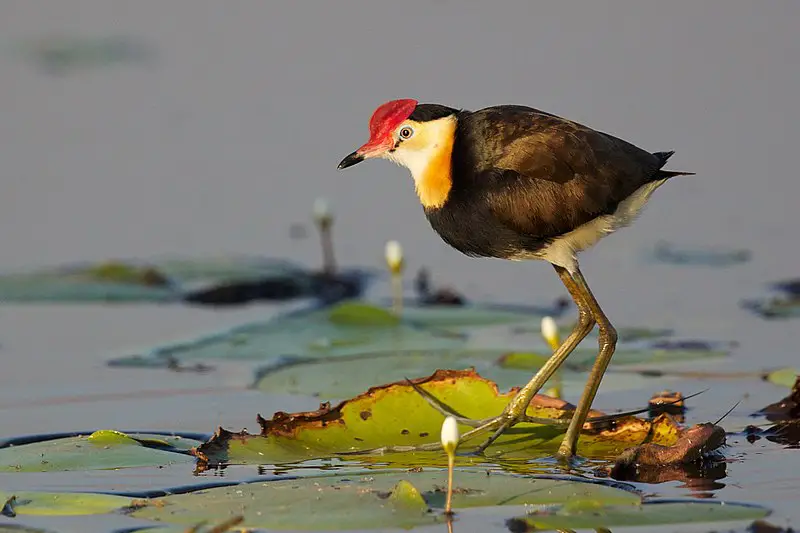
Jacanas are tropical waders belonging to the Jacanidae family. They have distinctive elongated toes and toenails which help them forage on floating or semi-emergent aquatic vegetation.
This adaptation gives them their nickname “Jesus birds” as they seem to be able to walk on water.
The female jacanas are also unique amongst bird species in that they take charge of nest building, incubation and caring for young while males perform courtship displays.
These unusual birds can be found throughout the world’s tropical regions where they inhabit wetlands such as swamps, marshes and shallow lakes with lily pads.
With a wide variety range due their special adaptations these beautiful creatures will surely continue living life at ease around our planet’s warmest waters.Scientific classification:
| Kingdom | Animalia |
| Phylum | Chordata |
| Class | Aves |
| Order | Charadriiformes |
| Suborder | Thinocori |
| Family | Jacanidae Stejneger, 1885 |
24. Painted-Snipe
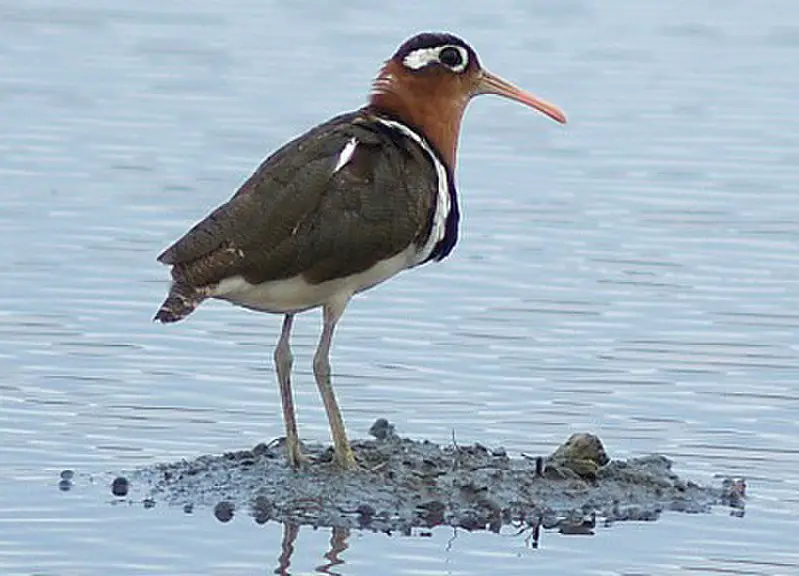
Painted snipes are beautiful and unique wading birds found in the Rostratulidae family. They have short legs, long bills, and a striking plumage which distinguishes them from true snipes.
Males tend to be smaller than females with duller overall coloration. There are three species of painted snipe.
The Greater Painted Snipe, Lesser Painted Snipe, and Australian Painted Snipe – all three have different habitats ranging from wetland pools to grasslands or mangroves depending on their region.
These birds feed mainly on earthworms but also consume insects, crustaceans and plant material when available.
As they rely heavily on wetlands for breeding purposes it is important that we protect these precious habitats so that this special bird can continue to thrive.Scientific classification:
| Kingdom | Animalia |
| Phylum | Chordata |
| Class | Aves |
| Order | Charadriiformes |
| Suborder | Thinocori |
| Family | Rostratulidae Coues, 1888 |
25. Gnateater
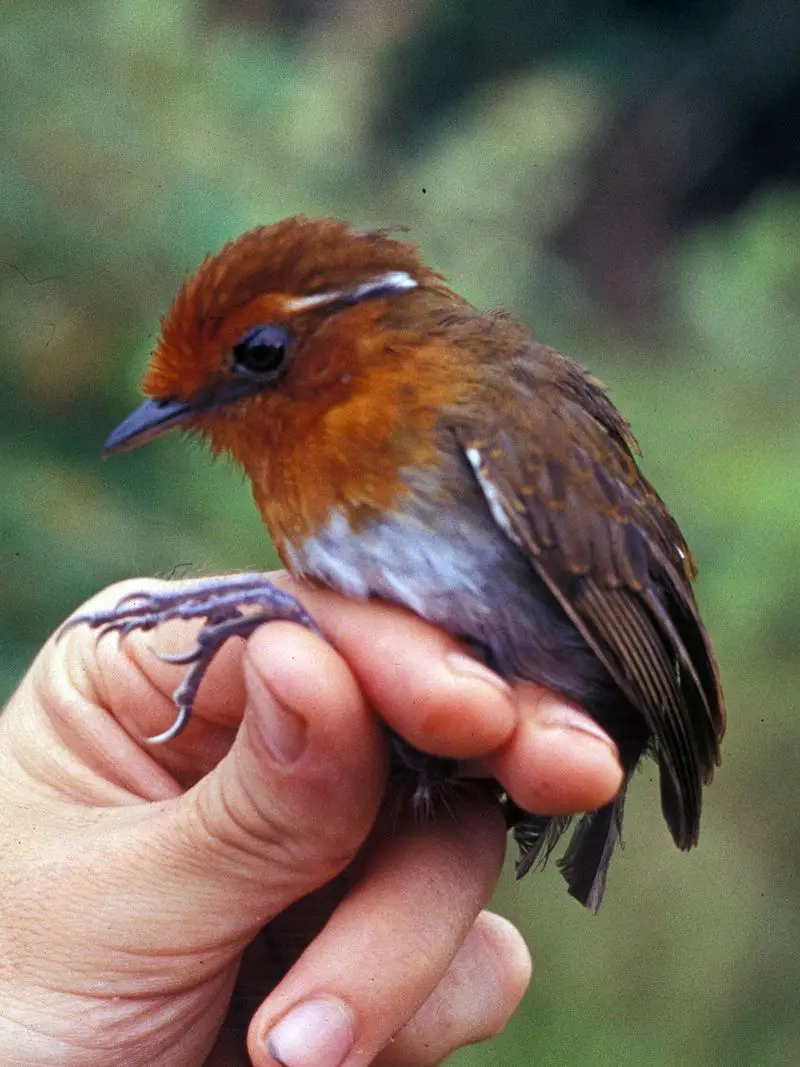
Gnateaters are a family of small passerine birds that live in South and Central America. They consist of two genera, Conopophaga and Pittasoma, with ten species between them.
Recent analysis of mtDNA cytochrome b and NADH dehydrogenase subunit 2 sequences (Rice 2005a,b) suggests that the “antpittas” within the genus Pittasoma should be included as part of this family too.
Gnateaters have long legs for running or hopping on the ground to feed on insects like ants which make up most their diet. Their bill is short but strong enough to dig into ant nests or expose prey from under leaf litter.
These birds also use their tail feathers for balance when walking along branches helping them find food more easily.Scientific classification:
| Kingdom | Animalia |
| Phylum | Chordata |
| Class | Aves |
| Order | Passeriformes |
| Superfamily | Formicaroidea |
| Family | Conopophagidae Sclater & Salvin, 1873 |
26. Stilts And Avocets
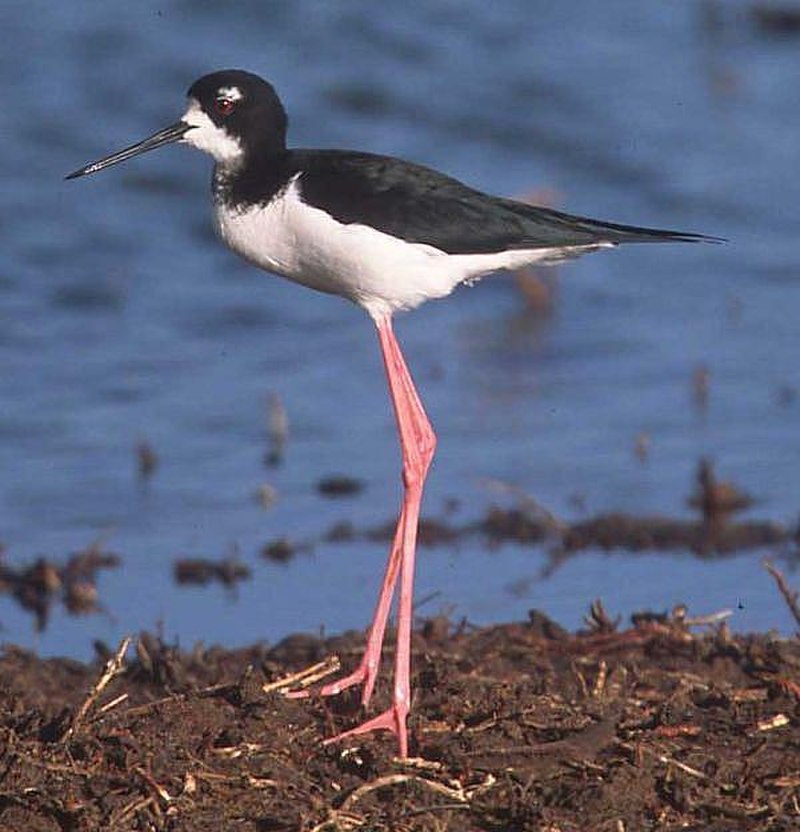
Stilts and avocets are two distinct groups of birds belonging to the family Recurvirostridae. They range in length from 30-46 cm (12-18 inches) and weigh between 140 – 435 g (4.9 – 15.3 ounces).
Males usually have slightly larger bodies than females, with long thin legs, necks and bills.
Avocet bills curve upwards uniquely while stilt beaks remain straight most times.
These wading birds live mainly near shorelines or wetlands where they feed on aquatic invertebrates like brine shrimp, insects etc., occasionally supplementing their diet with seeds or small fish too.
Stilts also inhabit open fields in search of food sources such as earthworms or grasshoppers during the non-breeding season.
Both groups migrate over large distances for warmer weathers when it gets cold outside.Scientific classification:
| Kingdom | Animalia |
| Phylum | Chordata |
| Class | Aves |
| Order | Charadriiformes |
| Suborder | Charadrii |
| Family | Recurvirostridae Bonaparte, 1854 |
27. Trogon
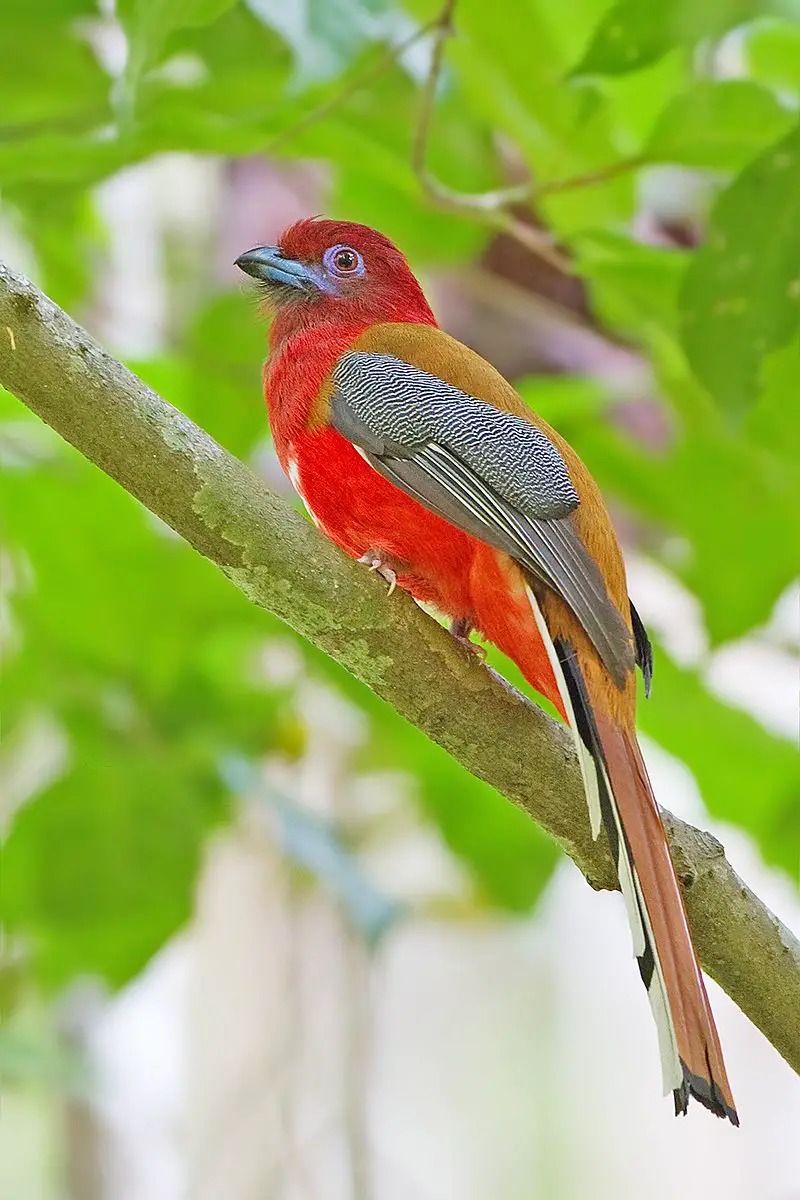
Trogons are a unique bird species that can be found all over the world. They belong to the order Trogoniformes and have only one family, called Trogonidae, which consists of 46 species in seven genera.
Fossil records show that trogons existed 49 million years ago during the Early Eocene period. It is believed they may be closely related or form part of two other orders: Coraciiformes and Passerines.
These birds typically have brightly colored feathers with some having iridescent colors on their wings and tails as well as red bellies and breasts.
Their diet mainly consists of fruit, insects, lizards and frogs but larger ones will also feed on small mammals such as mice or bats.
The most famous member from this group is Quetzalcoatlus – an extinct giant pterosaur which lived approximately 70-65 million years agoScientific classification:
| Kingdom | Animalia |
| Phylum | Chordata |
| Class | Aves |
| Clade | Cavitaves |
| Clade | Eucavitaves |
| Order | Trogoniformes AOU, 1886 |
| Family | Trogonidae Lesson, 1828 |
28. Turquoise-Fronted Amazon
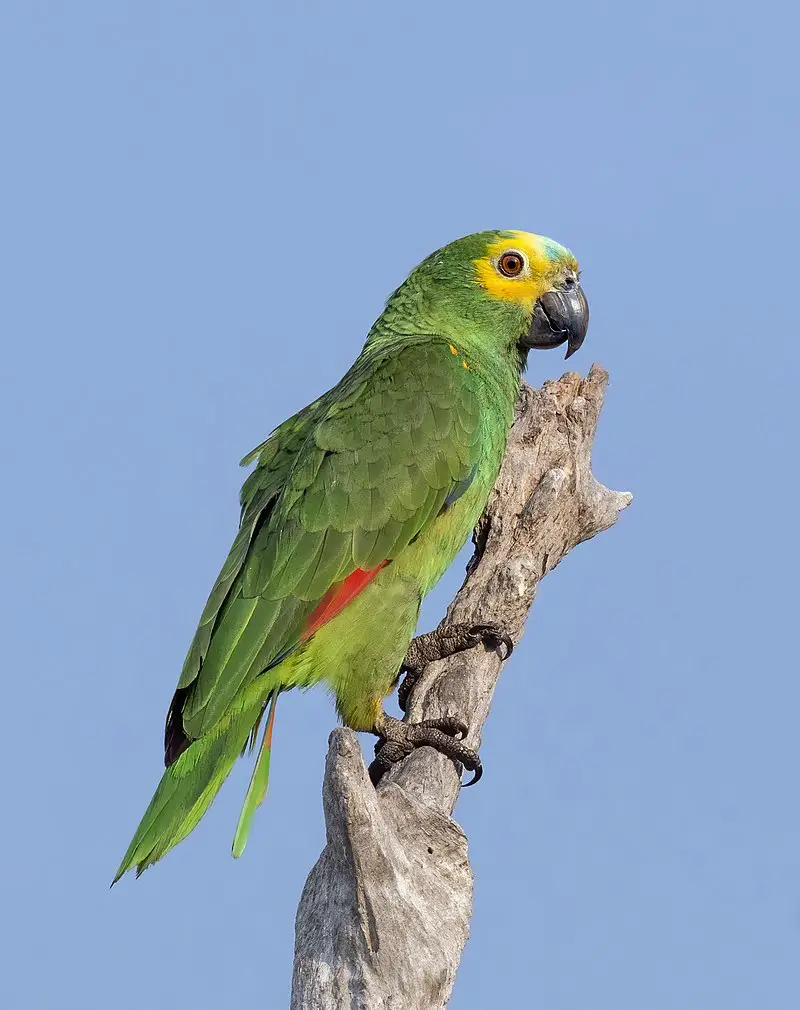
The Turquoise-fronted Amazon bird is a beautiful South American species of parrot, that is renowned for its bright turquoise marking on the front of its head.
This striking feature gives it an eye-catching look and makes it one of the most popular pet birds around.
As well as being gorgeous, these birds are also intelligent and can form strong bonds with their owners.
They have great talking ability too. With enough training they will learn to mimic human speech quite easily making them fun companions who bring joy wherever they go.
Not only do they make wonderful pets but they need plenty of stimulation in order to stay healthy so having a variety of toys available is important if you’re looking to keep this lively little creature happy at home.Scientific classification:
| Kingdom | Animalia |
| Phylum | Chordata |
| Class | Aves |
| Order | Psittaciformes |
| Family | Psittacidae |
| Genus | Amazona |
| Species | A. aestiva |
29. Spotted Nothura
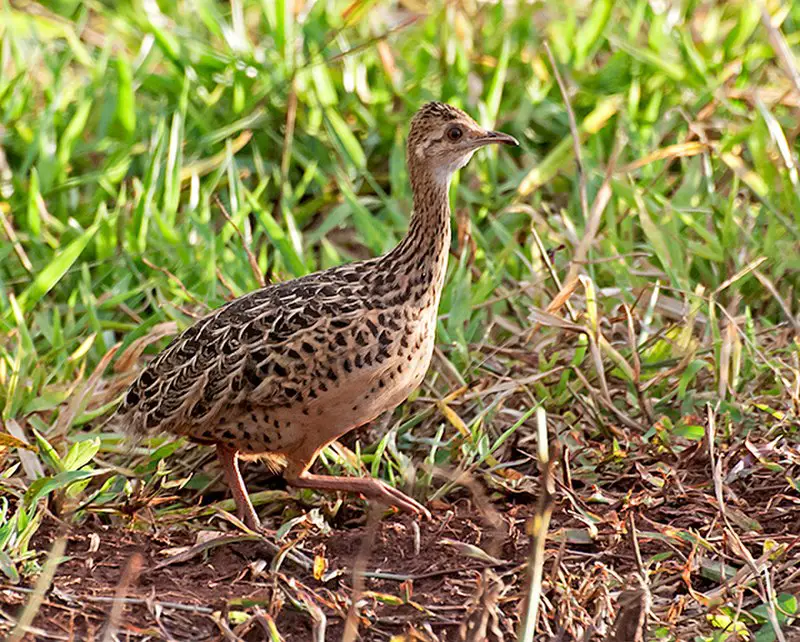
The Spotted Nothura is a species of tinamou native to grasslands in South America. This bird measures 24-25.5cm long, and has brown upper parts with buff streaking, while the underside is buff with black and brown streaks on its breast.
The head has a grey crown adorned by white spots, which gives this species its name. Its tail is short and dark-brown as well as its wings that have small white bars along their coverts.
They are usually found alone or in pairs foraging through low vegetation for fruits, seeds, insects and other invertebrates like earthworms or snails amongst others; they also take part in communal roosts at night where several individuals gather together to rest until dawn arrives again when they disperse once more into the wild meadows of South America looking for food.Scientific classification:
| Kingdom | Animalia |
| Phylum | Chordata |
| Class | Aves |
| Infraclass | Palaeognathae |
| Order | Tinamiformes |
| Family | Tinamidae |
| Genus | Nothura |
| Species | N. maculosa |
30. Great Kiskadee
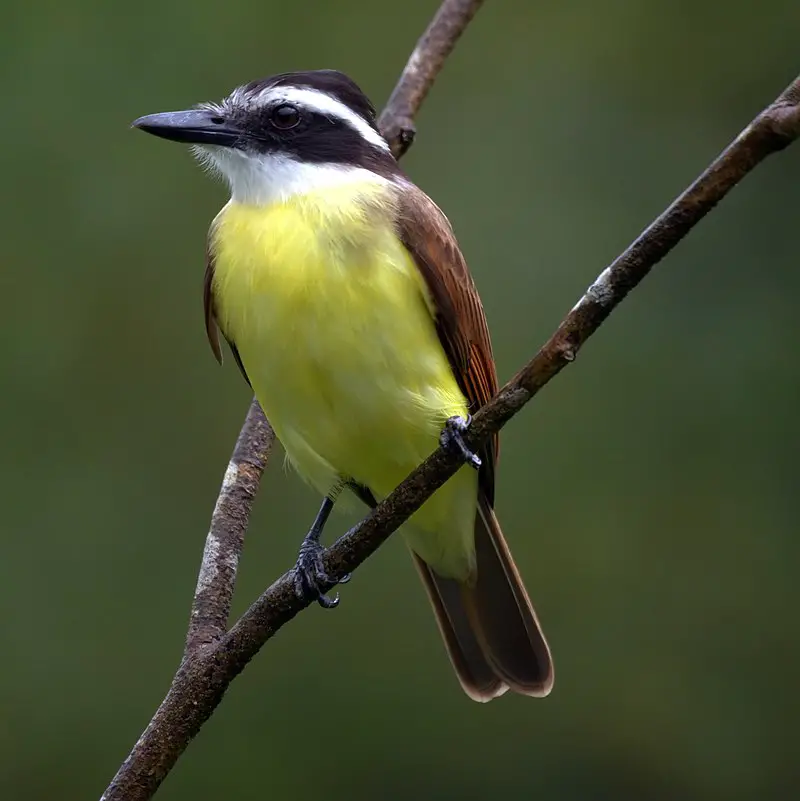
The Great Kiskadee is a passerine bird belonging to the Tyrant Flycatcher family.
It has an unmistakable yellow and black plumage, making it easily recognizable in its native habitats of Belize, Texas, Argentina and Brazil where it is known as Bem-te-vi or Benteveo respectively.
The species inhabits open woodland with some tall trees such as cultivation areas and other places surrounding human dwellings.
This adaptable bird feeds mainly on insects but also consumes fruit for energy when needed.
Its call resembles laughter which adds to its charm among avid nature watchers who are always delighted by their presence.
A unique feature that sets this species apart from others is that they can imitate songs of other birds accurately too.Scientific classification:
| Kingdom | Animalia |
| Phylum | Chordata |
| Class | Aves |
| Order | Passeriformes |
| Family | Tyrannidae |
| Genus | Pitangus Swainson, 1827 |
| Species | P. sulphuratus |
Also Featured In: Birds You’ll Find in South Texas , Birds You’ll Find in the Rio Grande Valley
31. Plush-Crested Jay
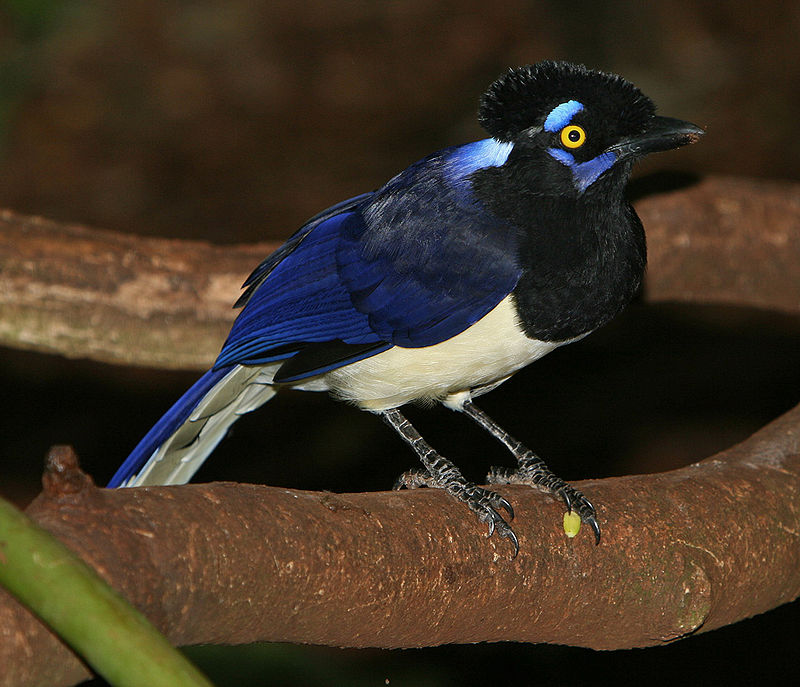
The Plush-crested Jay is a stunning bird found in the central and southern parts of South America. It has dark plumage, with an impressive crest on its head that gives it a regal appearance.
Measuring around 25 cm long, this medium sized bird resides in Brazil, Bolivia, Paraguay, Uruguay and Argentina – particularly near the Amazon Basin river systems bordering the Pantanal.
Its diet consists mostly of insects such as grasshoppers or beetles but also includes small fruits like berries and nuts which they find while foraging through trees and bushes.
They are known to be quite vocal birds often calling out loudly during mating season to attract potential mates – their calls being described as harsh crows mixed with chattering noises.Scientific classification:
| Kingdom | Animalia |
| Phylum | Chordata |
| Class | Aves |
| Order | Passeriformes |
| Family | Corvidae |
| Genus | Cyanocorax |
| Species | C. chrysops |
32. Ringed Kingfisher
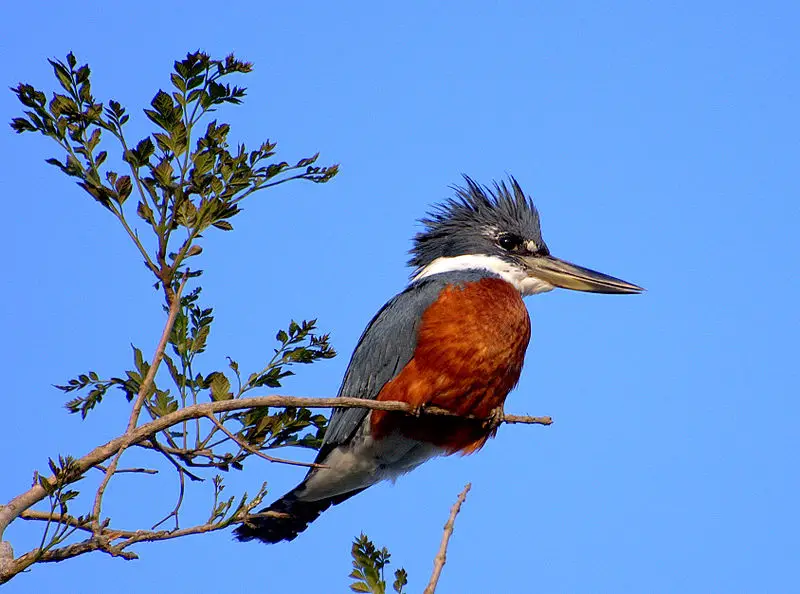
The Ringed Kingfisher is a large, vibrant bird that can be easily noticed by its loud call. It’s found in tropical regions from the lower Rio Grande Valley of southeastern Texas to Central America and even as far south as Tierra del Fuego.
This ground-dwelling species prefers to inhabit open areas near water bodies like streams, rivers and lakes which provide them with plenty of food such as fish, amphibians, crustaceans and insects.
In 1888 it was first identified by ornithologist Frank Chapman who noted its distinct ring pattern on the breast area.
The upperparts are dark blue while underneath they have white spots around their neck and belly region along with pale brown wings tipped in black stripes making this species quite unique among other kingfishers.
They may look intimidating but these birds actually play an important role for humans since they help control insect populations thus helping maintain a healthy balance within our ecosystems.Scientific classification:
| Kingdom | Animalia |
| Phylum | Chordata |
| Class | Aves |
| Order | Coraciiformes |
| Family | Alcedinidae |
| Subfamily | Cerylinae |
| Genus | Megaceryle |
| Species | M. torquata |
33. Yellow-Billed Cardinal
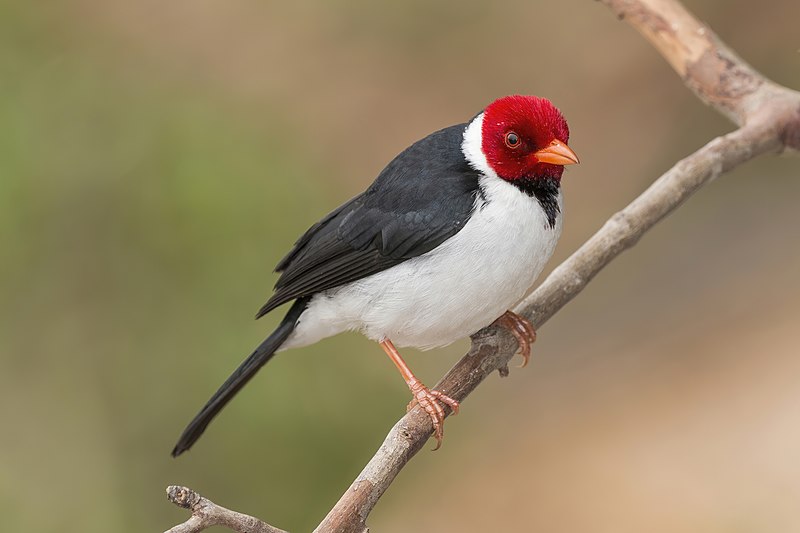
The Yellow-billed Cardinal is a striking bird found in the tropical regions of South America. It belongs to the tanager family and has brilliant yellow bill, dark grey head and wings with white underparts.
Its diet mainly consists of insects, fruits and grains which it forages from shrubs or trees. The species breeds in moist shrublands but have also been introduced on Hawai’i island where they can be seen flocking together near water bodies like ponds and lakes.
With its bright colouration, this cardinal stands out amongst other birds making it easy to spot even at a distance.Scientific classification:
| Kingdom | Animalia |
| Phylum | Chordata |
| Class | Aves |
| Order | Passeriformes |
| Family | Thraupidae |
| Genus | Paroaria |
| Species | P. capitata |
Also Featured In: Hawaii Big Island Birds You Should Know,
34. Glittering-Bellied Emerald
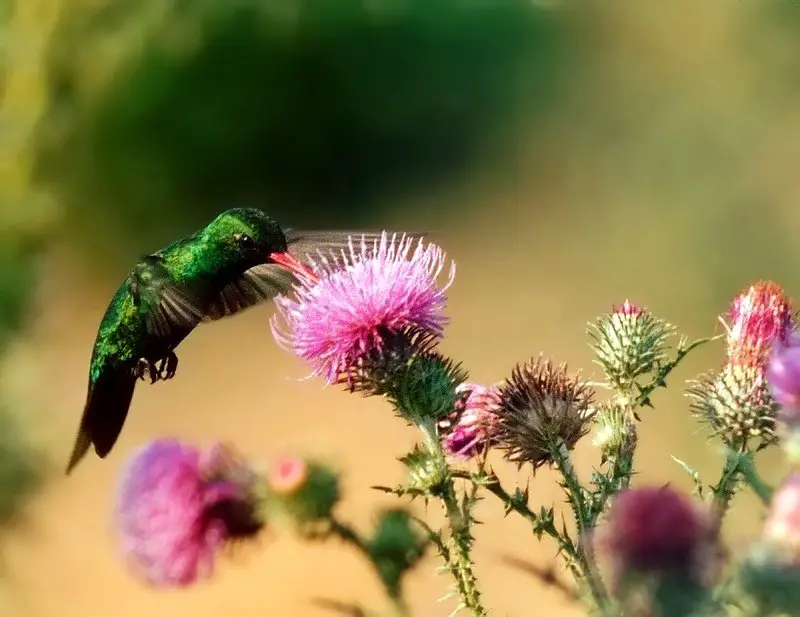
The Glittering-bellied Emerald is a species of hummingbird that can be found in Argentina, Bolivia, Brazil, Paraguay and Uruguay.
It has striking plumage with shimmery green on its back and belly along with speckles of gold.
This beautiful bird was formerly known as Chlorostilbon aureoventris but recent research showed the correct name to be lucidus.
The emerald’s wings beat up to 80 times per second when flying. They feed mainly on nectar from flowers so they are important pollinators for many plants in their habitat range.
These birds also have sharp vision which helps them locate food sources quickly even at long distances.Scientific classification:
| Kingdom | Animalia |
| Phylum | Chordata |
| Class | Aves |
| Order | Apodiformes |
| Family | Trochilidae |
| Genus | Chlorostilbon |
| Species | C. lucidus |
35. Giant Wood Rail
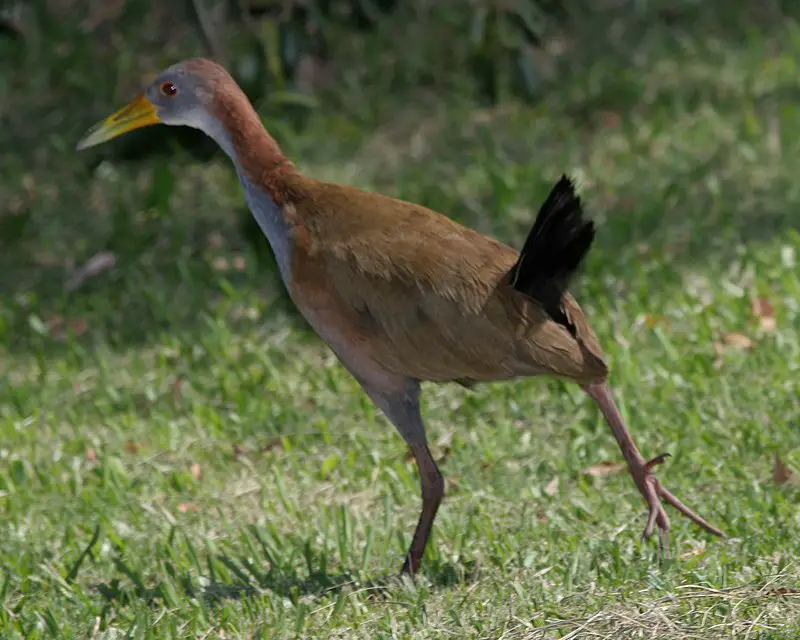
The Giant Wood Rail is a species of bird that belongs to the Rallinae subfamily in the rail, crake and coot family. It inhabits Argentina, Bolivia, Brazil, Paraguay and Uruguay.
Its length ranges from 41-45 cm (16-18 inches). Females can weigh up to 765 g (27 oz) while males are usually much lighter – around 640 g (23 oz).
They have a striking blackish plumage on their head with white stripes running down onto their back.
Their wings also show white edges which contrast against its dark feathers beautifully. The bill is long and yellowish or olive green making it quite distinctive among other birds of its kind.
This amazing creature helps maintain balance in nature through seed dispersal as they feed mostly on grains during rainy season when food resources become abundant for them.Scientific classification:
| Kingdom | Animalia |
| Phylum | Chordata |
| Class | Aves |
| Order | Gruiformes |
| Family | Rallidae |
| Genus | Aramides |
| Species | A. ypecaha |
36. White Monjita
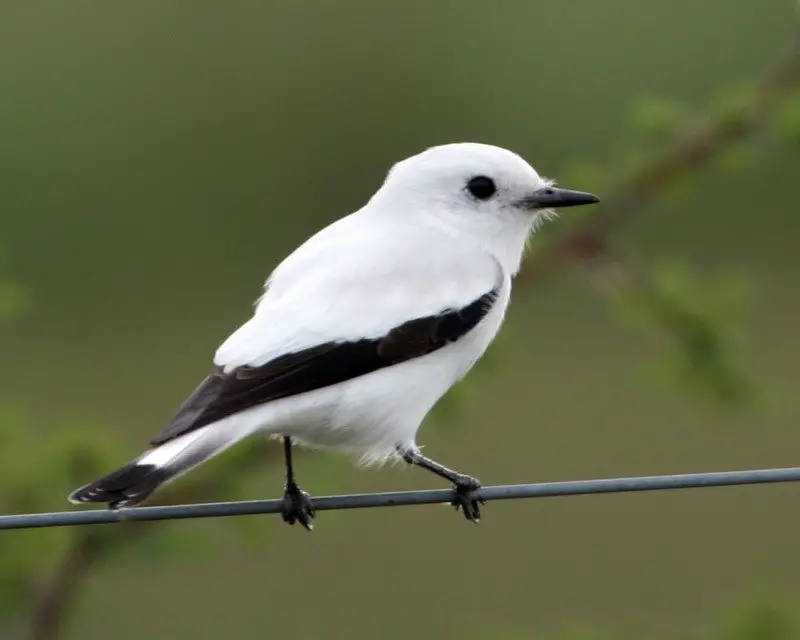
The White Monjita is a striking bird found across South America. It has an all-white body and contrasting dark eyes, black legs, and medium length bill.
They inhabit subtropical or tropical dry shrubland as well as heavily degraded former forest areas such as Caatinga and Pantanal in Brazil, Paraguay, Argentina, Bolivia, and Uruguay.
The flycatcher feeds on insects along with fruit from trees like cactus fruits which they catch while hovering above the ground.
It is not considered to be threatened by conservationists but its population numbers are still being monitored regularly due to its small range of habitats it lives in across South America.Scientific classification:
| Kingdom | Animalia |
| Phylum | Chordata |
| Class | Aves |
| Order | Passeriformes |
| Family | Tyrannidae |
| Genus | Xolmis |
| Species | X. irupero |
37. Blue-Crowned Trogon
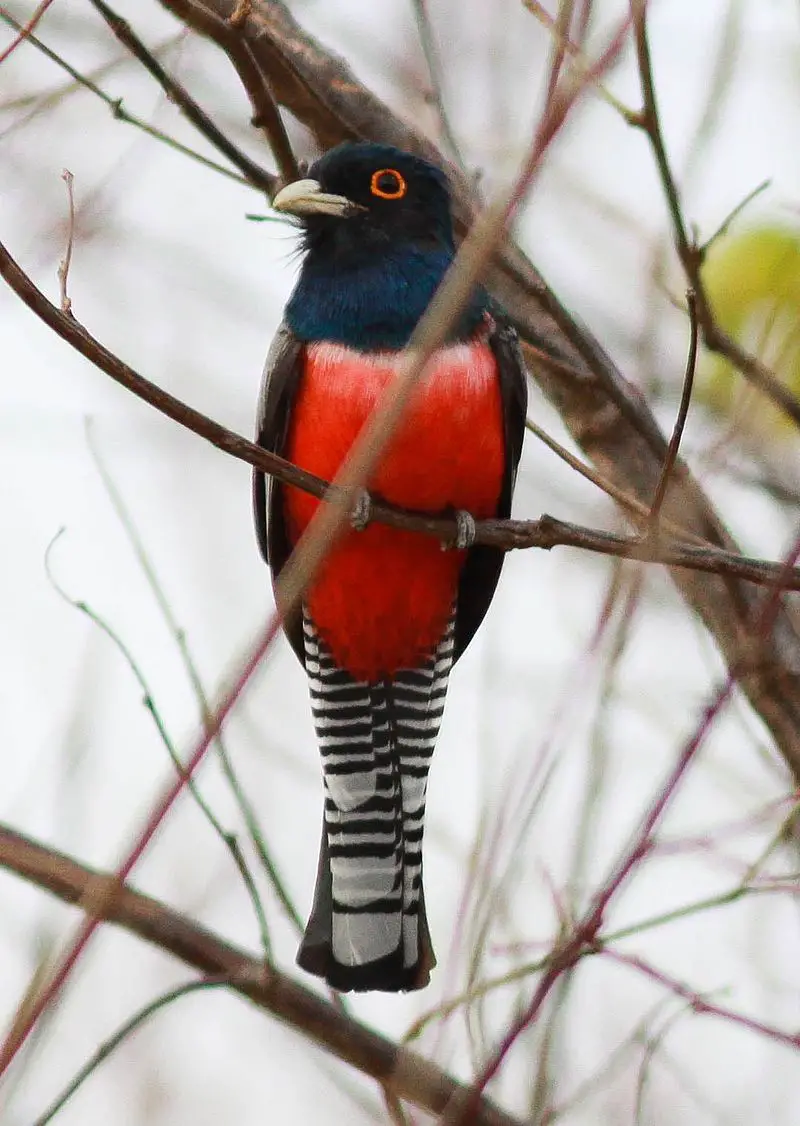
The Blue-crowned Trogon is a stunning bird found in the tropical regions of South America. It has beautiful and vibrant plumage that makes it stand out from other species.
The male sports an impressive blue head with an orange orbital ring, red belly, narrow white breastband and green back whereas the female’s coloration is slightly different with mainly brownish tones on her chestnut body.
These birds inhabit dense rainforests where they feed mainly on insects and small invertebrates which they search for by perching motionless in trees or gliding through their habitats at low levels.
They also have been known to visit garden fruit trees when available during certain times of year making them a welcome sight amongst farmers.
With its unique beauty these birds are likely to remain popular among ornithologists for years to come.Scientific classification:
| Kingdom | Animalia |
| Phylum | Chordata |
| Class | Aves |
| Order | Trogoniformes |
| Family | Trogonidae |
| Genus | Trogon |
| Species | T. curucui |
38. Yellow-Headed Caracara
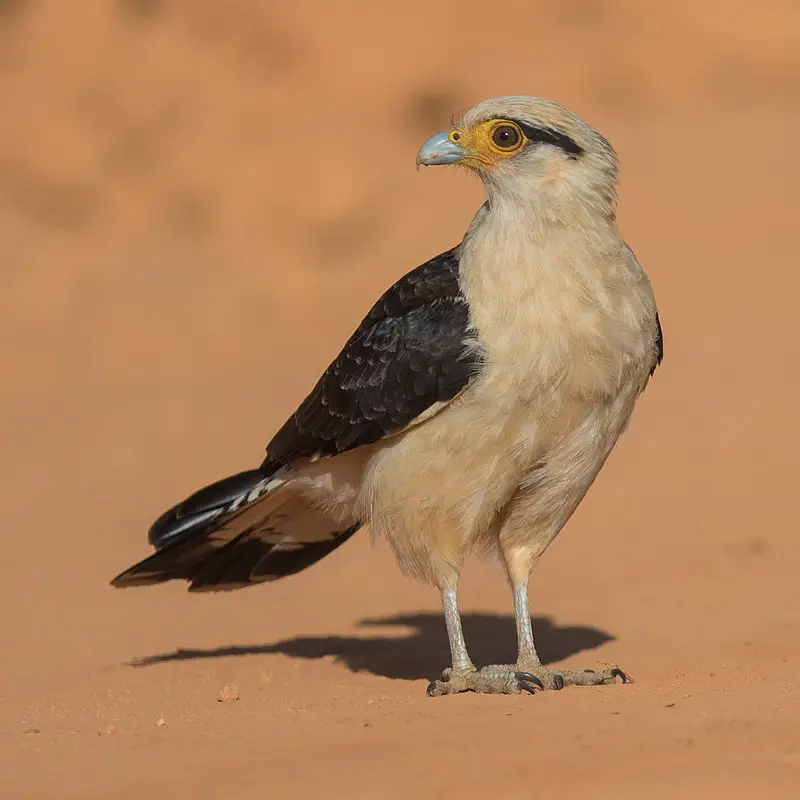
The Yellow-headed Caracara is a majestic bird of prey belonging to the Falconidae family, found in tropical and subtropical South America and southern parts of Central America.
It has an unmistakable bright yellow head that sets it apart from other birds. Unlike its cousins who specialize in fast aerial hunting, the caracara feeds on scavenged food such as dead animals or eggs instead.
Louis Jean Pierre Vieillot first described this species when he discovered them back in 1817. The size varies between 33 cm – 45 cm with wingspan ranging up to 90 cm long.
These stunning birds have a unique red face mask along with black & white plumage across their body which makes them very distinctive looking creatures indeed.Scientific classification:
| Kingdom | Animalia |
| Phylum | Chordata |
| Class | Aves |
| Order | Falconiformes |
| Family | Falconidae |
| Genus | Milvago |
| Species | M. chimachima |
Also Featured In: Savanna Birds You Need to See,
39. Savanna Hawk
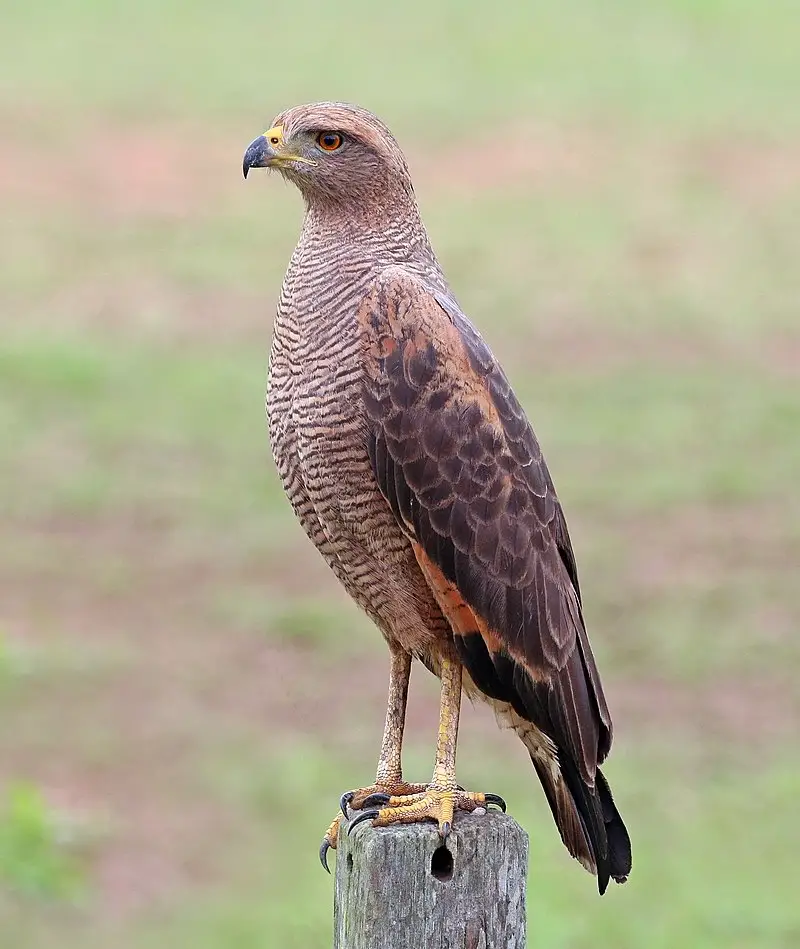
The Savanna Hawk is a large raptor found mainly in open savannas and swamp edges, ranging from Panama to Bolivia. It has an unmistakable rufous body with grey mottling above and fine black barring below.
Its length ranges between 46-61 cm (18-24 inches) with a weight of 845g (29.8oz).
These birds are fierce hunters who feed on small mammals, reptiles, amphibians or insects which they capture during flight using their powerful talons or beak.
They build nests high up in trees preferably along the edge of forests where they can spot prey easily over long distances due to their excellent vision capabilities.
The Savanna Hawk is known for its loud calls that echo through the skies as it soars across the landscape looking for its next meal.Scientific classification:
| Kingdom | Animalia |
| Phylum | Chordata |
| Class | Aves |
| Order | Accipitriformes |
| Family | Accipitridae |
| Genus | Buteogallus |
| Species | B. meridionalis |
40. Amazon Kingfisher
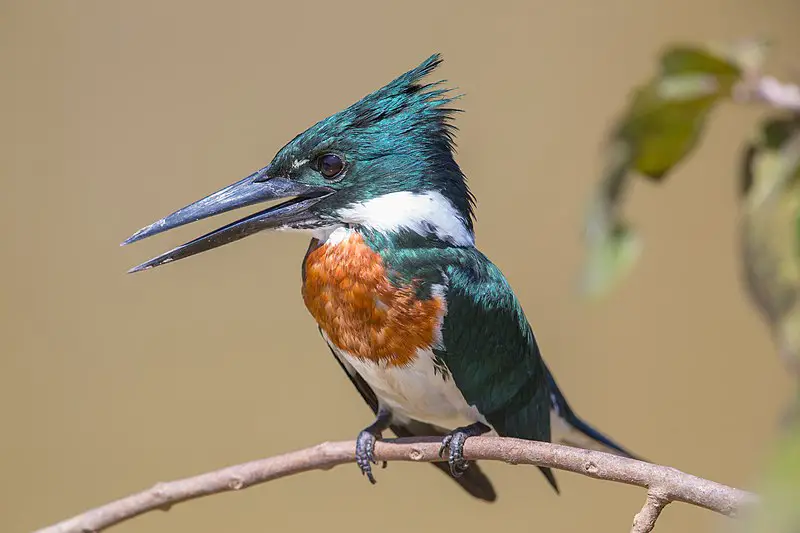
The Amazon Kingfisher is a stunning species of water kingfisher found in the lowlands of Central and South America.
It has an aqua-green head, chestnut wings with white markings, blue back and tail and yellow feet.
Its dramatic plumage makes it one of the most attractive birds in its region.
The Amazon Kingfisher can be seen perching on branches or flying close to slow moving rivers while they search for food such as fish, frogs, lizards or insects which they catch by diving into the water from above.
Despite their colorful appearance these bird are incredibly shy so it’s difficult to get too close without scaring them away.Scientific classification:
| Kingdom | Animalia |
| Phylum | Chordata |
| Class | Aves |
| Order | Coraciiformes |
| Family | Alcedinidae |
| Subfamily | Cerylinae |
| Genus | Chloroceryle |
| Species | C. amazona |
41. Saffron Finch
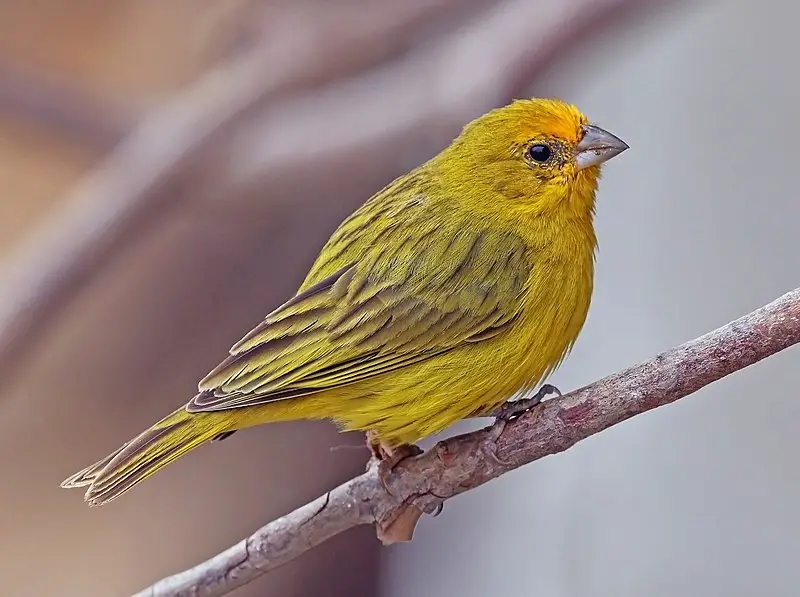
The Saffron Finch is a small tanager bird found in South America. This delightful species has an extensive distribution, ranging from Colombia to eastern Brazil and Bolivia.
They inhabit open or semi-open habitats at low elevations outside the Amazon Basin.
With their easily recognizable bright yellow feathers and cheerful song, they are often seen perching on roofs in northern Venezuela where they are referred to as “canario de tejado”.
In southern Brazil these birds are known as “canário-da-terra”, which translates into native canary.
Their diet consists mainly of seeds, grains and insects such as grasshoppers, caterpillars and beetles.
Although not threatened with extinction yet, deforestation may soon reduce their available habitat significantly if measures aren’t taken to conserve it now.Scientific classification:
| Kingdom | Animalia |
| Phylum | Chordata |
| Class | Aves |
| Order | Passeriformes |
| Family | Thraupidae |
| Genus | Sicalis |
| Species | S. flaveola |
42. Red-Crested Cardinal
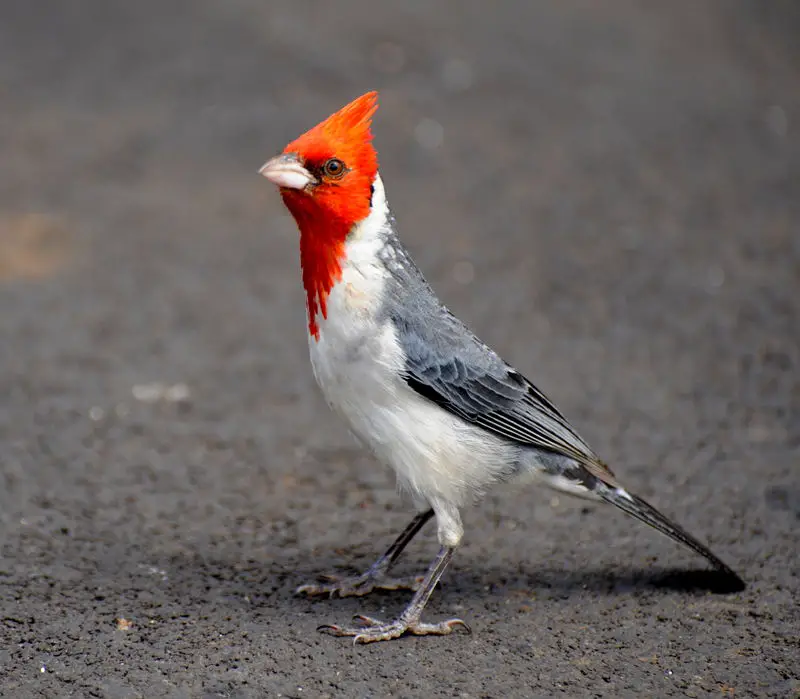
The Red-crested Cardinal is a brightly colored songbird belonging to the family of tanagers. It has a vibrant red crest and its name comes from the Tupí people, which means “small red, yellow, and gray bird”.
This species can be found in most parts of South America where it prefers open woodlands or grassy areas near rivers.
Its diet consists mainly of insects but also includes some fruit when available. The Red-crested Cardinal is well known for its melodious songs that are used by males to attract mates during breeding season.
These birds form monogamous pairs with both parents helping out with raising their young until they learn how to fly on their own within 21 days after hatching from eggs in nest made up high trees or bushes.
In recent years there have been reports about population decline due loss habitat caused by deforestation as well as illegal hunting for pet trade business so conservation efforts are necessary in order to protect this beautiful species from extinction.Scientific classification:
| Kingdom | Animalia |
| Phylum | Chordata |
| Class | Aves |
| Order | Passeriformes |
| Family | Thraupidae |
| Genus | Paroaria |
| Species | P. coronata |
Also Featured In: Birds of Kauai, Hawaii, Most Common Oahu Birds
43. Cream-Backed Woodpecker
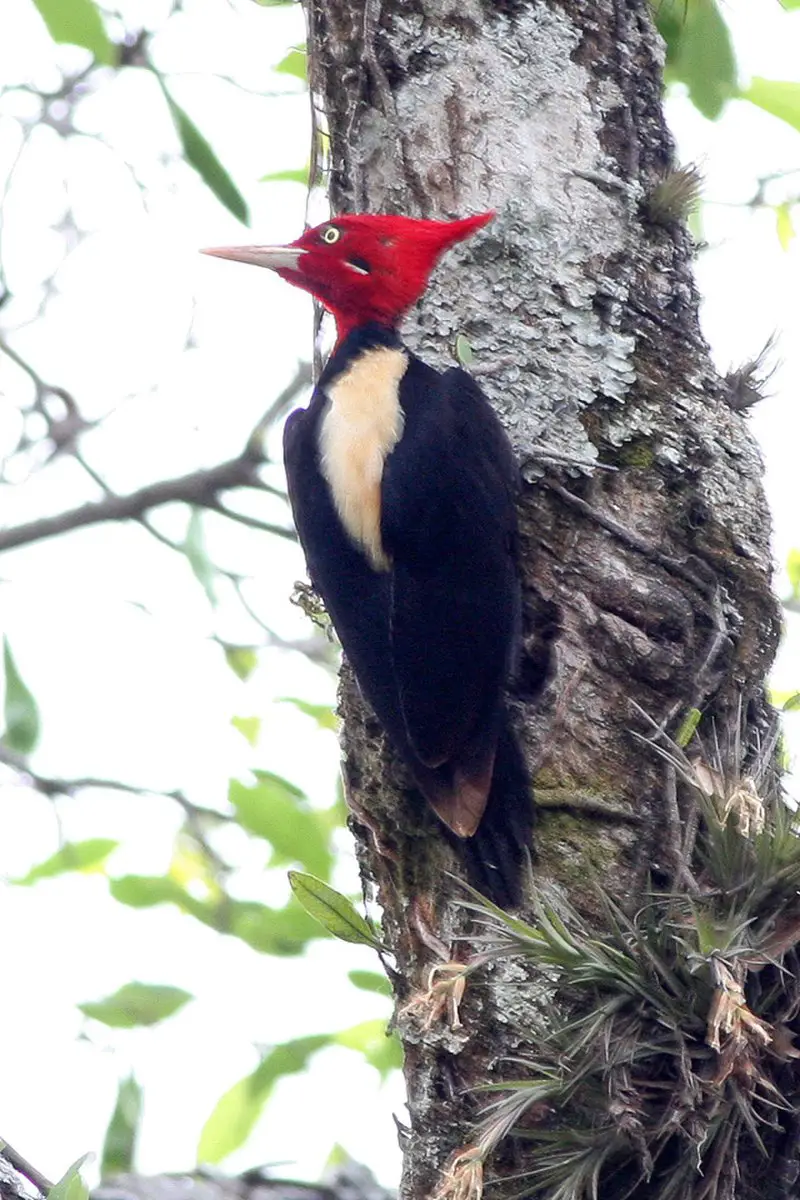
The Cream-backed Woodpecker is an impressive bird native to parts of South America. It has a unique appearance, with its most distinctive feature being the red hood on the male’s head.
The feathers are mostly black and white in colour, but have touches of cream along their backs which gives them their name.
This species can grow up to 30 – 34 cm long and generally inhabits dry subtropical or tropical forests across Argentina, Bolivia, Brazil Paraguay and Uruguay.
They feed primarily on insects such as ants and beetles during summer months while they turn to woody fruits for sustenance during wintertime when food sources become scarce.
Despite having no major population threats at present time conservation efforts should still be made due to potential risk associated with deforestation activities in its range countries .Scientific classification:
| Kingdom | Animalia |
| Phylum | Chordata |
| Class | Aves |
| Order | Piciformes |
| Family | Picidae |
| Genus | Campephilus |
| Species | C. leucopogon |
44. Burrowing Owl
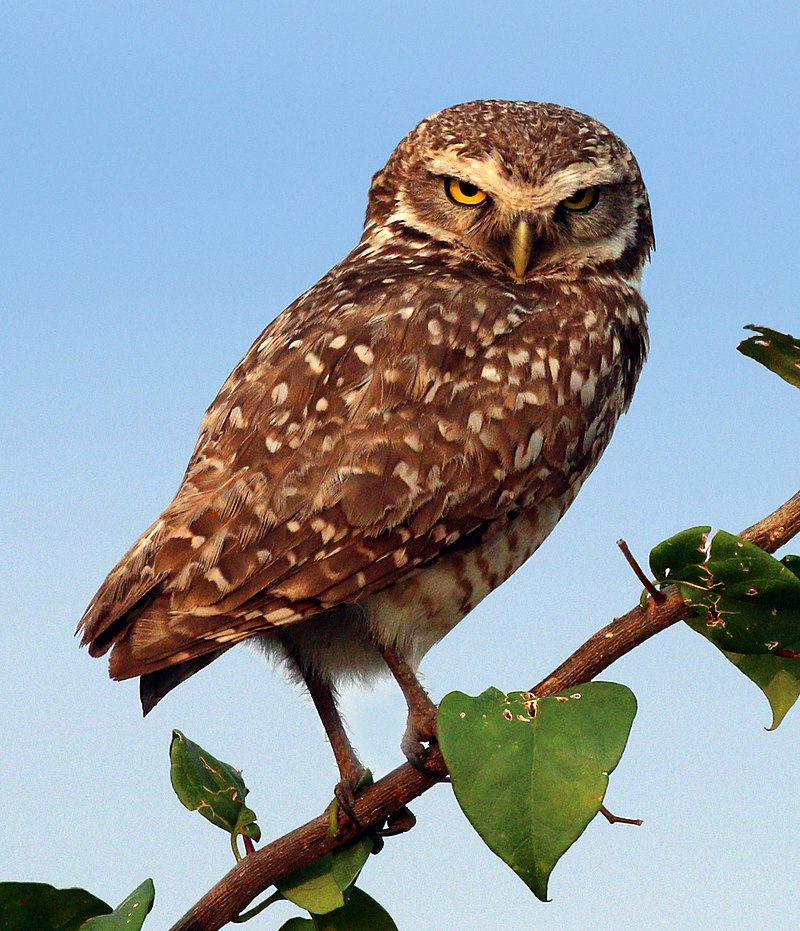
The Burrowing Owl is a small, long-legged owl found in open landscapes throughout North and South America. They are typically seen in grasslands, rangelands, agricultural areas or deserts with low vegetation.
Unlike most owls they nest and roost underground by taking over burrows made by other animals such as prairie dogs.
Their diet consists of insects, rodents and sometimes lizards or frogs that they hunt during the night time hours when their eyesight is sharpest.
This species faces threats due to habitat loss caused by human development but conservation efforts have been successful at reversing some of this damage allowing for populations to remain stable into the future despite these pressures.Scientific classification:
| Kingdom | Animalia |
| Phylum | Chordata |
| Class | Aves |
| Order | Strigiformes |
| Family | Strigidae |
| Genus | Athene |
| Species | A. cunicularia |
45. Helmeted Woodpecker
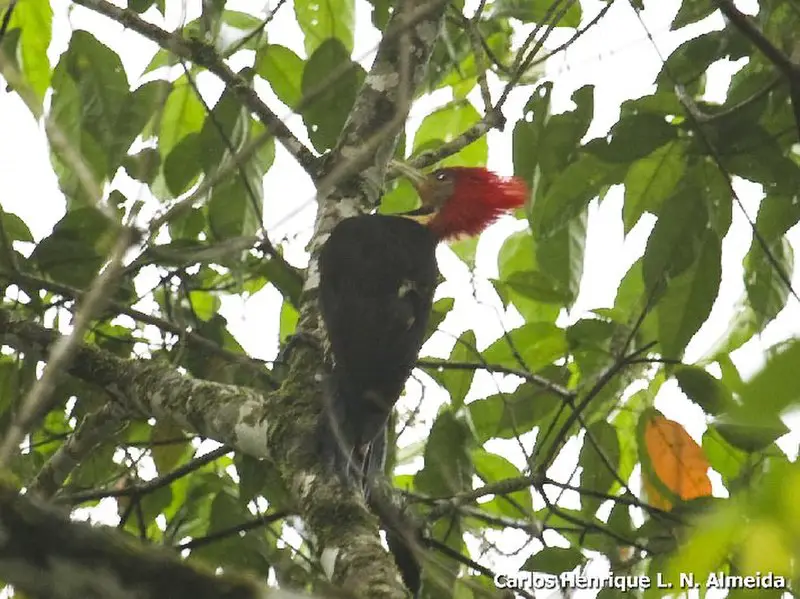
The helmeted woodpecker is a beautiful species of bird found in far northeastern Argentina, southeastern Brazil and eastern Paraguay.
It lives in subtropical or tropical moist lowland forests and montane forests, but its habitat is increasingly threatened by deforestation.
Originally described by Coenraad Jacob Temminck as early as 1822, this lovely creature stands out with its spectacularly patterned plumage – the head is adorned with black feathers while the rest of it has shades of yellowish-browns to reddish hues that create an eye-catching contrast against green foliage.
The beak itself is also quite striking; being large and strongly hooked at the tip like most other members of Picidae family.
Despite their beauty, these birds are vulnerable due to loss of habitats so efforts must be taken to ensure their continued survivalScientific classification:
| Kingdom | Animalia |
| Phylum | Chordata |
| Class | Aves |
| Order | Piciformes |
| Family | Picidae |
| Genus | Celeus |
| Species | C. galeatus |
46. Dark-Throated Seedeater
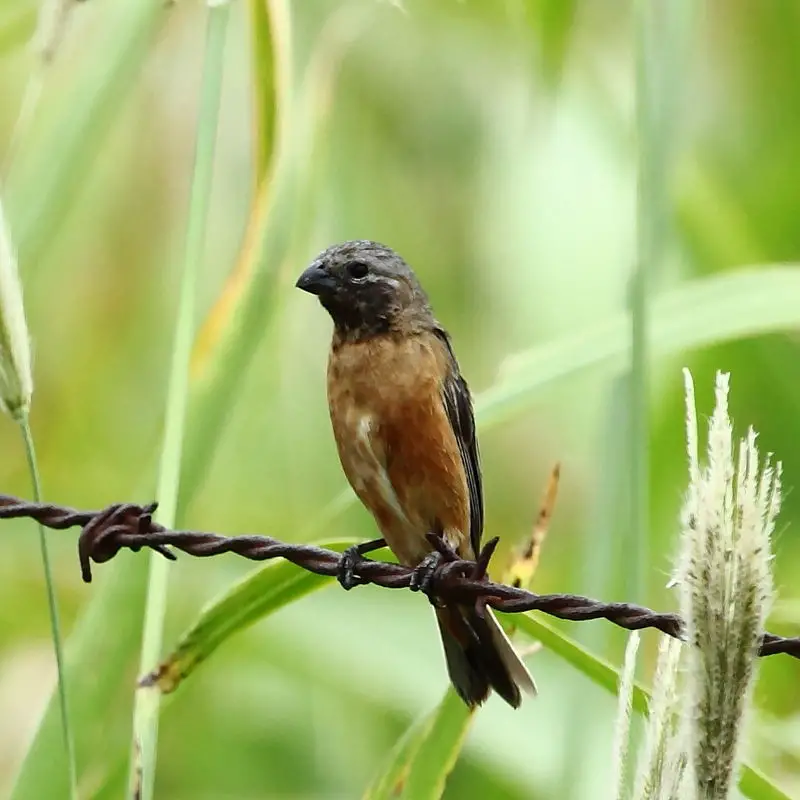
The Dark-throated Seedeater is a bird species found in South America, mainly Argentina, Bolivia, Brazil, Paraguay and Uruguay. It lives in dry savanna habitats as well as subtropical or tropical seasonally wet grasslands.
Unfortunately its population has been steadily declining due to habitat loss caused by human activities such as deforestation and urbanization. This small songbird stands around 4 inches tall with a brown head and back contrasting against the white belly.
Its most distinctive feature is its dark throat which gives it its name. They feed on insects during summer but switch to seeds when winter approaches; hence why they are called seedeaters.
These birds form pairs for breeding purposes only however some may stay together all year round too if conditions permit them do so successfully enough.
In conclusion the Dark-throated Seedeater’s numbers have declined drastically over recent years making conservation efforts more important than ever before if we want these beautiful little birds to survive long into the future.Scientific classification:
| Kingdom | Animalia |
| Phylum | Chordata |
| Class | Aves |
| Order | Passeriformes |
| Family | Thraupidae |
| Genus | Sporophila |
| Species | S. ruficollis |
47. Maguari Stork
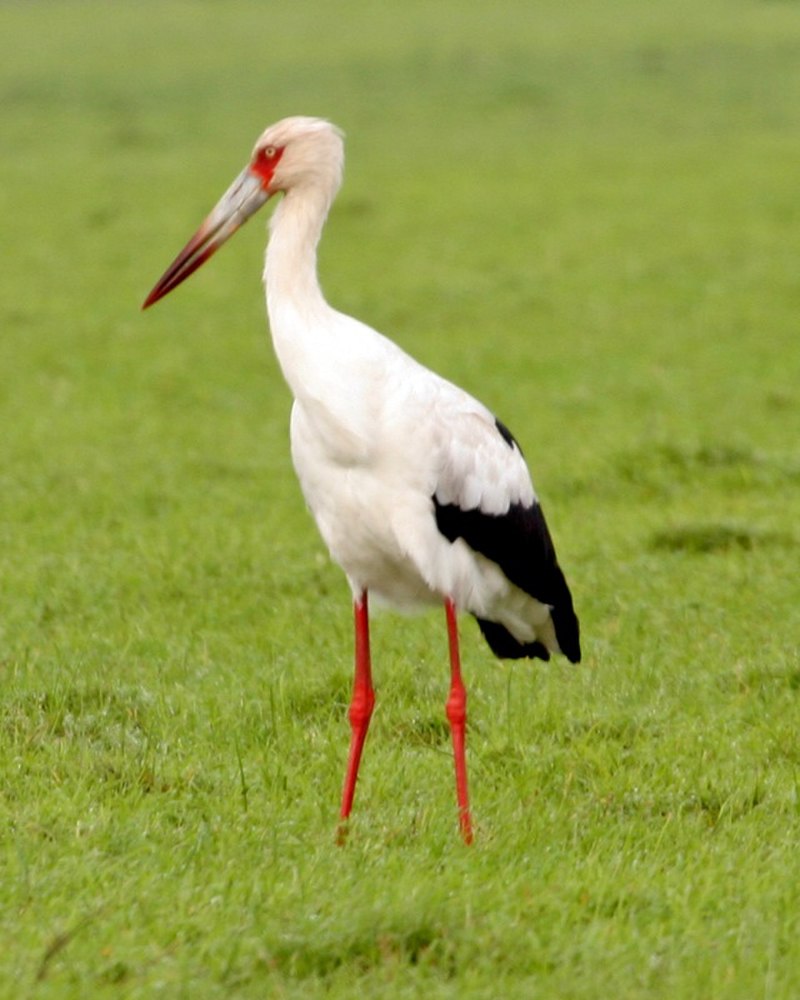
The Maguari stork is a large species of stork found in South America. It has similar features to the white stork, but it is slightly larger.
This bird can be identified by its black body with white patches on its wings and tail feathers and yellow legs which contrast against its dark feathers.
The maguari feeds mainly on fish, amphibians, reptiles, crustaceans and insects; they will also scavenge for food when necessary.
These birds breed during wetland seasons where their nests are made up of sticks or reeds built high above the ground in trees near water bodies such as rivers or swamps.
Their populations have been decreasing due to habitat loss from human activities such as agricultural expansion or deforestation however conservation efforts are being put into place to help protect this unique species so that we may continue enjoy watching these magnificent birds soar through our skies.Scientific classification:
| Kingdom | Animalia |
| Phylum | Chordata |
| Class | Aves |
| Order | Ciconiiformes |
| Family | Ciconiidae |
| Genus | Ciconia |
| Species | C. maguari |
48. Tropical Kingbird
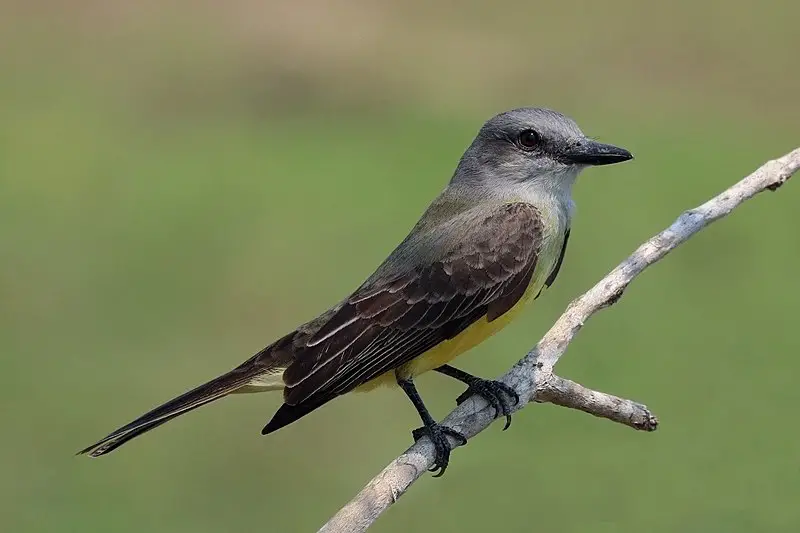
The Tropical Kingbird is an impressive bird, native to the Americas. It’s a large tyrant flycatcher that breeds in southern Arizona and Texas through Central America and down south as far as Argentina and Peru.
This species also lives on Trinidad & Tobago islands. During cold winter months, most of them migrate to warmer climates within its range.
They inhabit open areas such as fields or forests with scattered trees – but away from heavily wooded habitats.
In terms of diet, they mainly feed upon insects which are caught by hawking from perches or snatching up in flight; however it will occasionally eat fruits too.
The adult has grey-brown upperparts, darker wings edged with yellowish feathers plus a white breast band contrasting against pale orange underparts for both sexes.
A conspicuous black mask runs across their eyes completing this beautiful bird’s look.Scientific classification:
| Kingdom | Animalia |
| Phylum | Chordata |
| Class | Aves |
| Order | Passeriformes |
| Family | Tyrannidae |
| Genus | Tyrannus |
| Species | T. melancholicus |
Also Featured In: Rainforest Birds You Should Know, Birds that Live in Guyana
49. Hyacinth Macaw
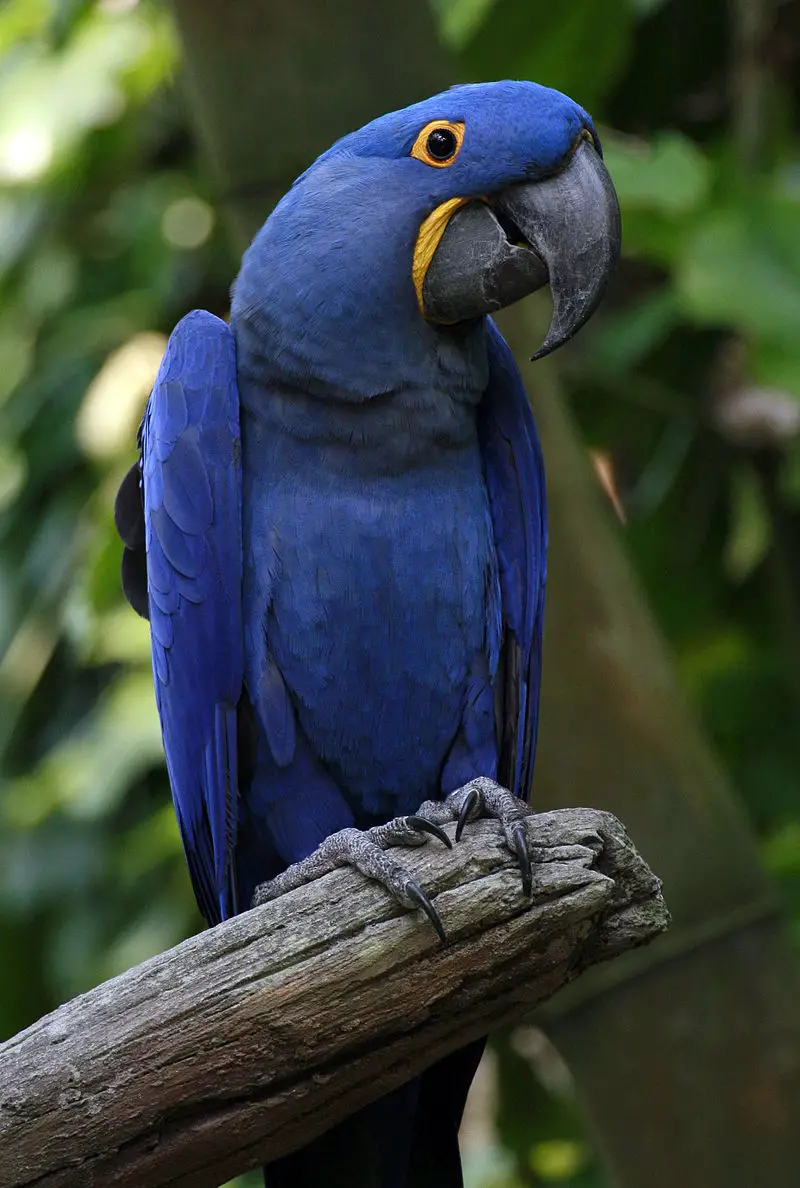
The Hyacinth Macaw is an extraordinary bird, known for its impressive size and vibrant coloration.
It has a length of around one meter, making it the longest parrot species in existence as well as the largest flying parrot species; even larger than 3.5 kg flightless Kākāpō from New Zealand.
Its striking blue plumage with yellow at its wingtips gives this majestic bird an eye-catching appearance that’s sure to turn heads wherever it goes.
Native to central and eastern South America, these birds are highly intelligent creatures who form strong bonds with their owners when kept in captivity.
They make great companions if given proper care and attention which includes providing them with plenty of space for exercise and enrichment activities such as playtime out of the cage on occasion or teaching them tricks using positive reinforcement methods like verbal praise or food rewards.Scientific classification:
| Kingdom | Animalia |
| Phylum | Chordata |
| Class | Aves |
| Order | Psittaciformes |
| Family | Psittacidae |
| Genus | Anodorhynchus |
| Species | A. hyacinthinus |
50. White-Winged Nightjar
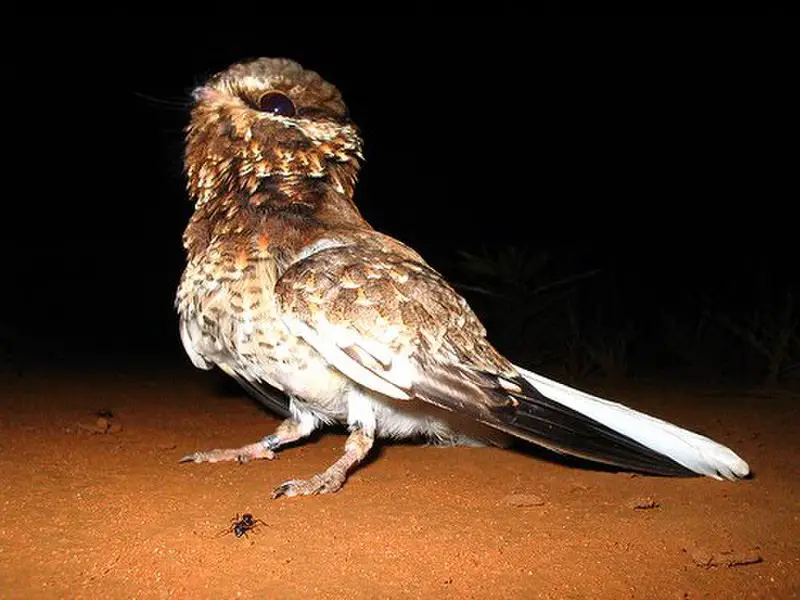
The white-winged nightjar is an enigmatic species of bird found in Bolivia, Brazil and Paraguay. This nocturnal creature belongs to the family Caprimulgidae, commonly known as ‘goatsuckers’.
They are easily identified by their distinct wings which feature a prominent pattern of white stripes on either side.
These birds feed mainly on moths and other insects that they capture mid-flight using specially adapted bills with wide gape angles.
During mating season, males display complex courtship rituals involving loud calls and slow wing fluttering while perched atop low shrubs or trees.
White-winged Nightjars have been placed in its own genus Eleothreptus since the early 2010s due to its unique features from other nightjars such as its call structure and morphology.
Although these mysterious creatures remain largely unstudied, it’s clear why they make for interesting subjects – beautiful yet elusive.Scientific classification:
| Kingdom | Animalia |
| Phylum | Chordata |
| Class | Aves |
| Order | Caprimulgiformes |
| Family | Caprimulgidae |
| Genus | Eleothreptus |
| Species | E. candicans |